Abstract
The previously reported nomenclature and clinical characteristics of dissociated vertical deviation have been recorded. The incidence and characteristics of DVD have been determined by evaluation of 1,000 consecutive strabismus or nystagmus patients, and with selected chart study carried out on the 111 DVD patients found in this series. Electro-oculographic studies of selected patients with DVD provided objective evidence of the speed and amplitude of the ocular movements in DVD. Bell phenomenon, strabismus sursoadductorius and the Bielschowsky phenomenon were recorded and compared to clinical findings of strabismus patients with DVD. The technique for the results of surgery for DVD were described. Dissociated vertical deviation was characterized as a component of the overall strabismus picture.
Full text
PDF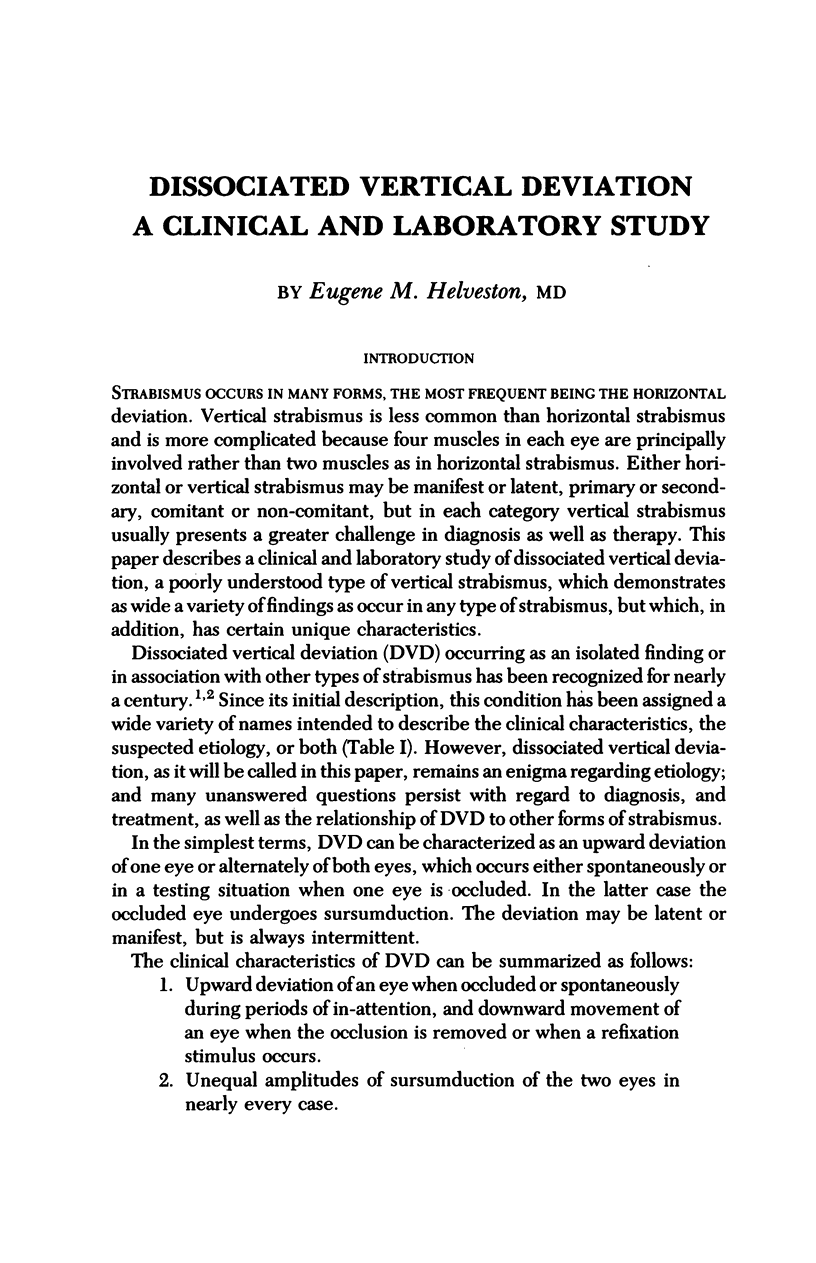
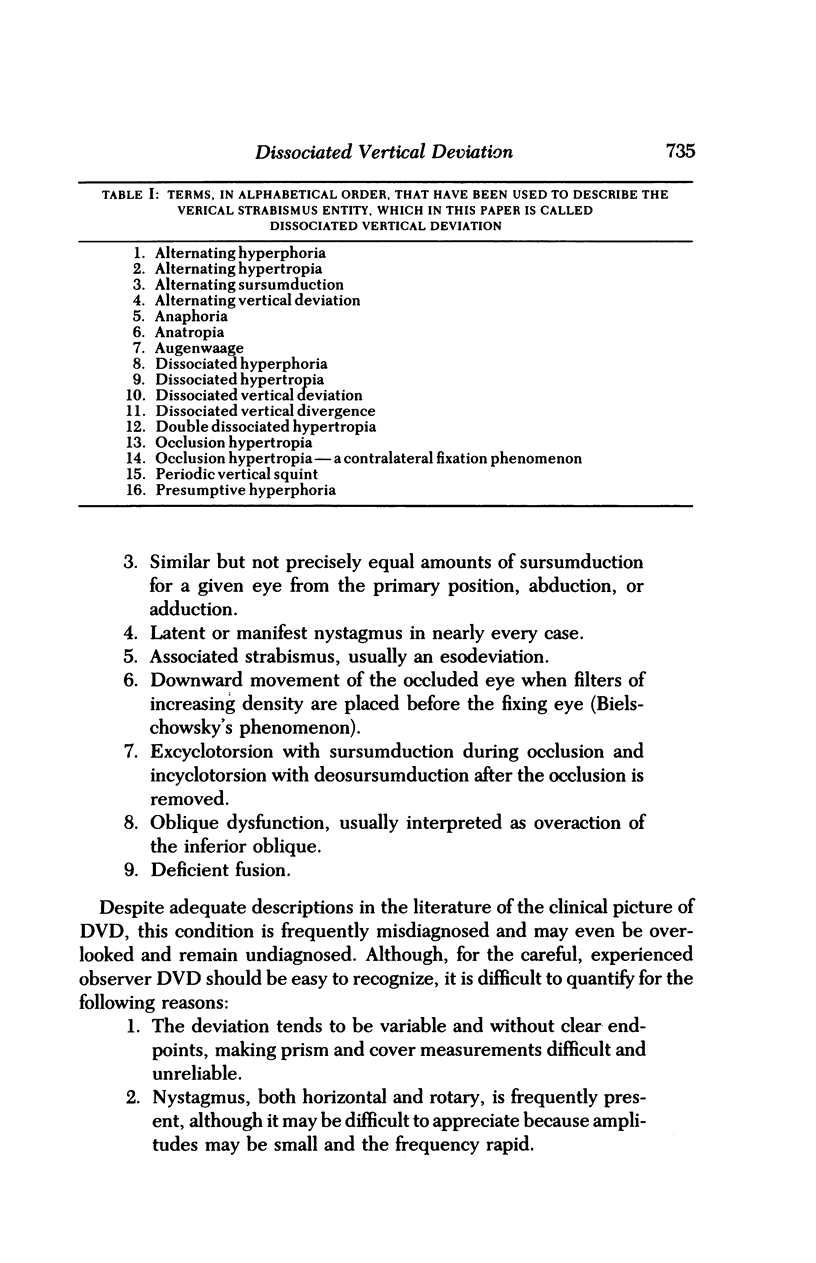
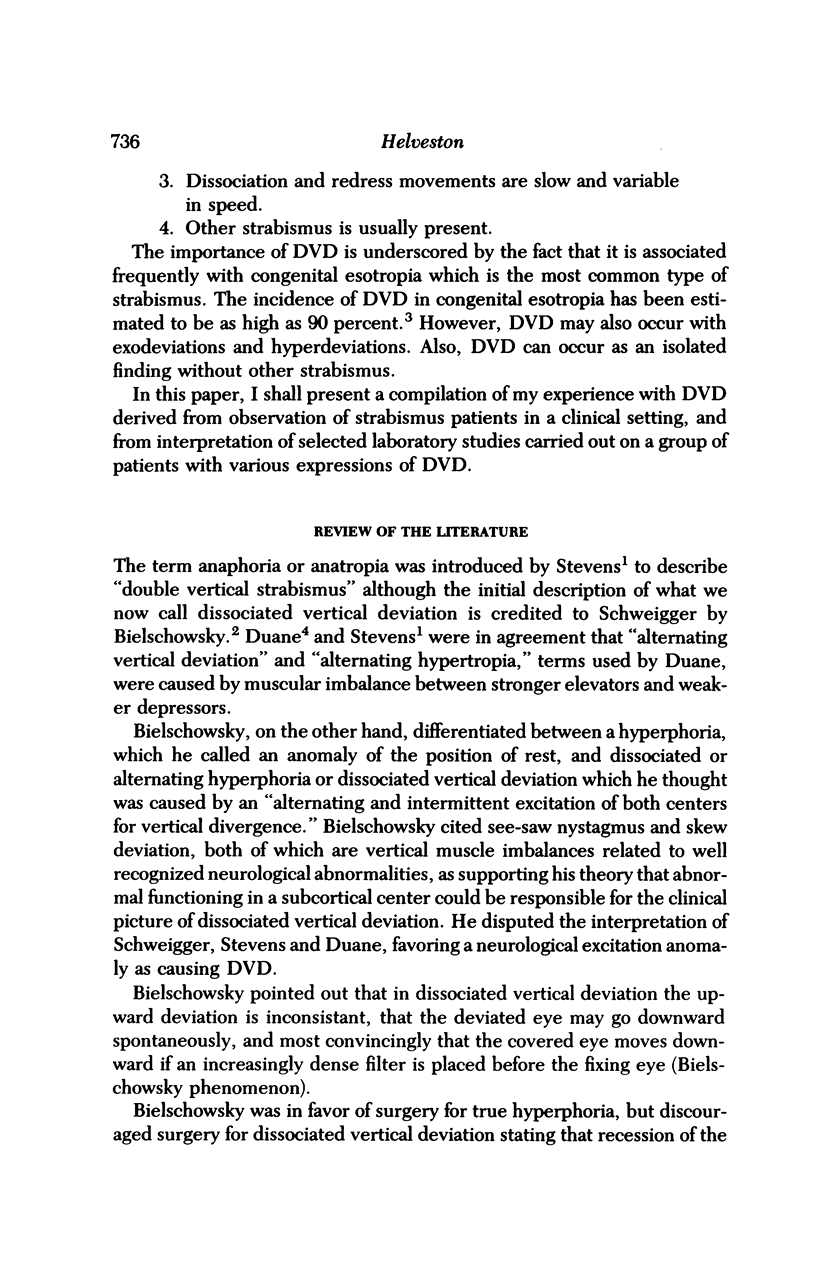
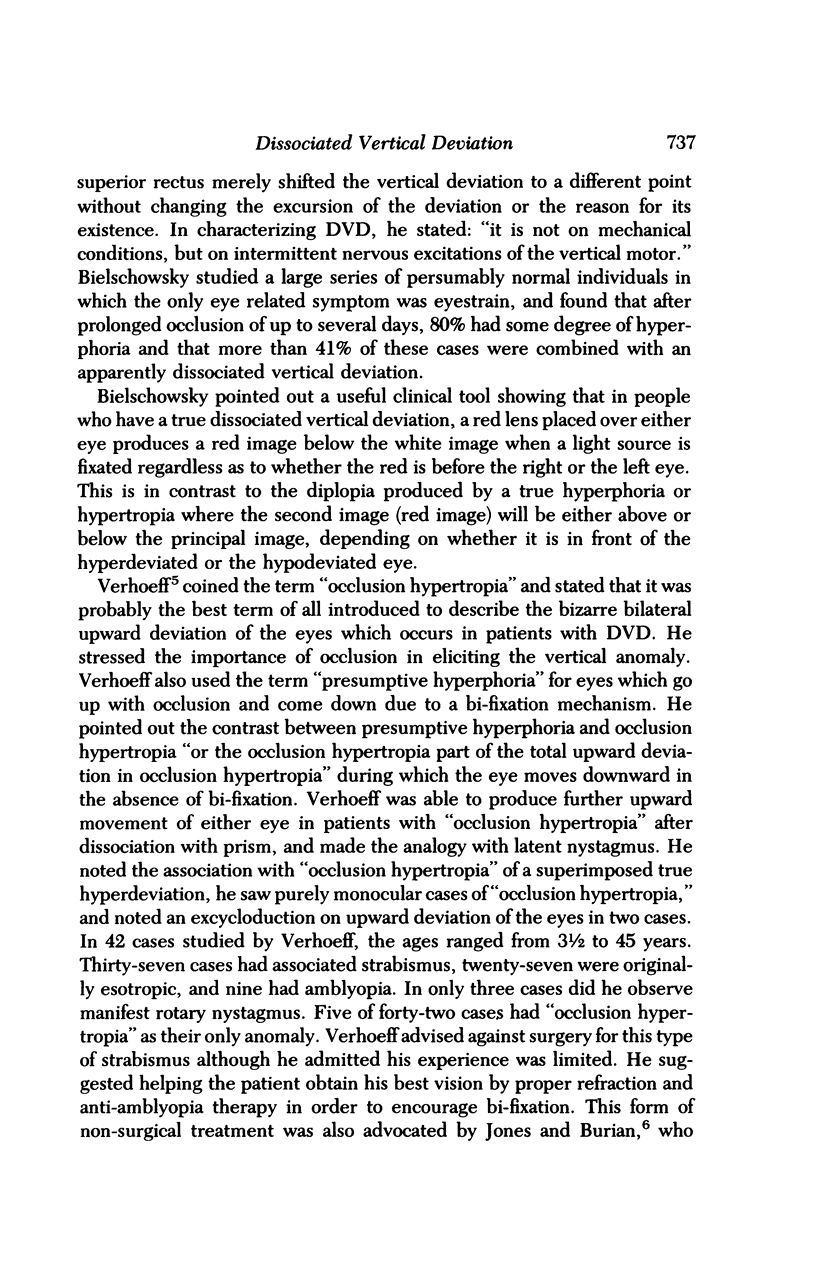
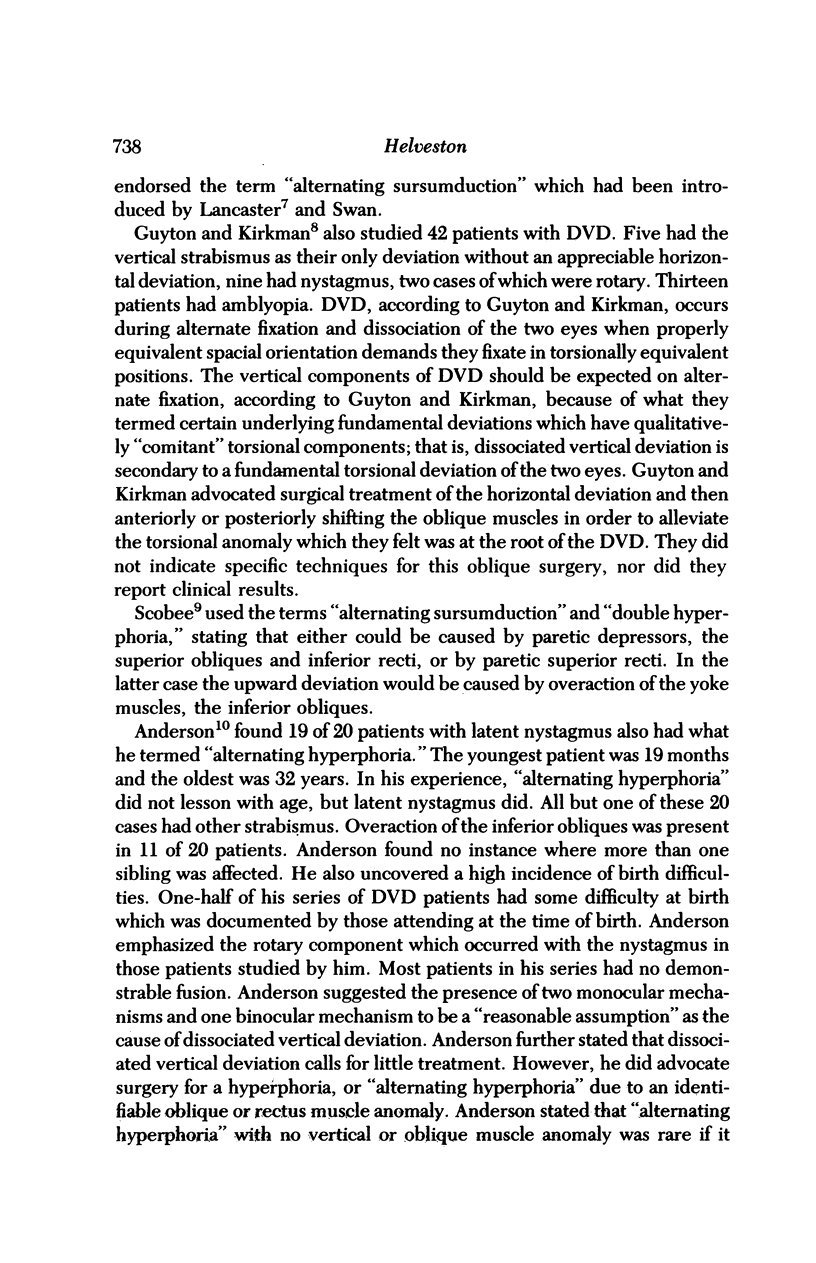
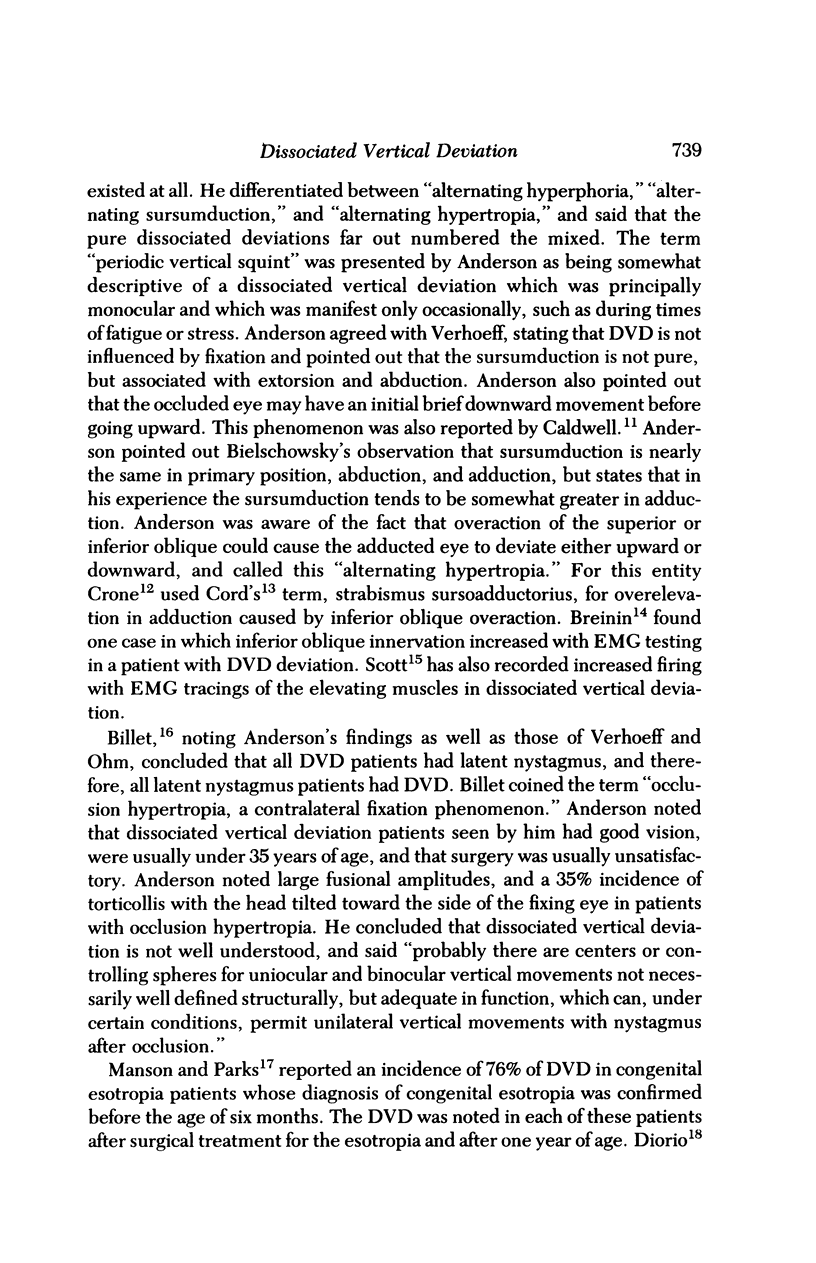
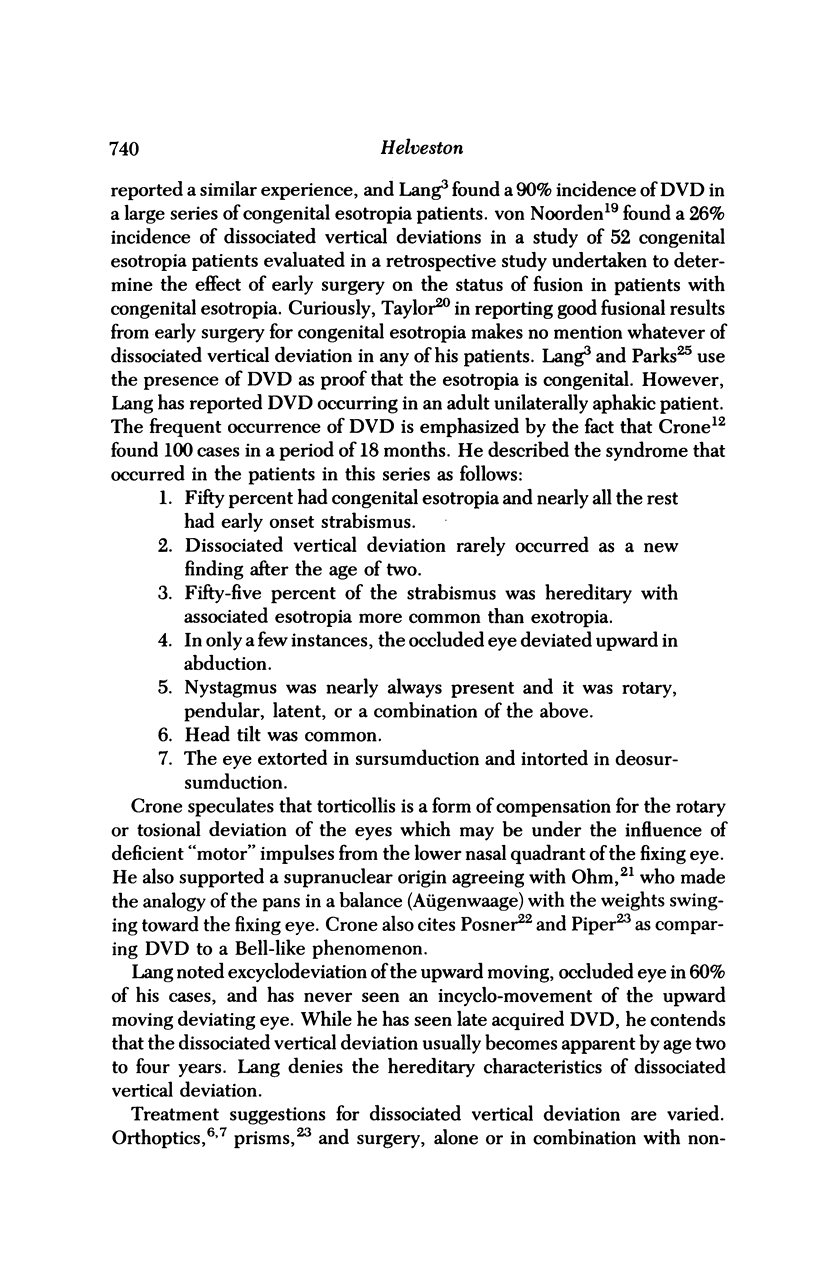
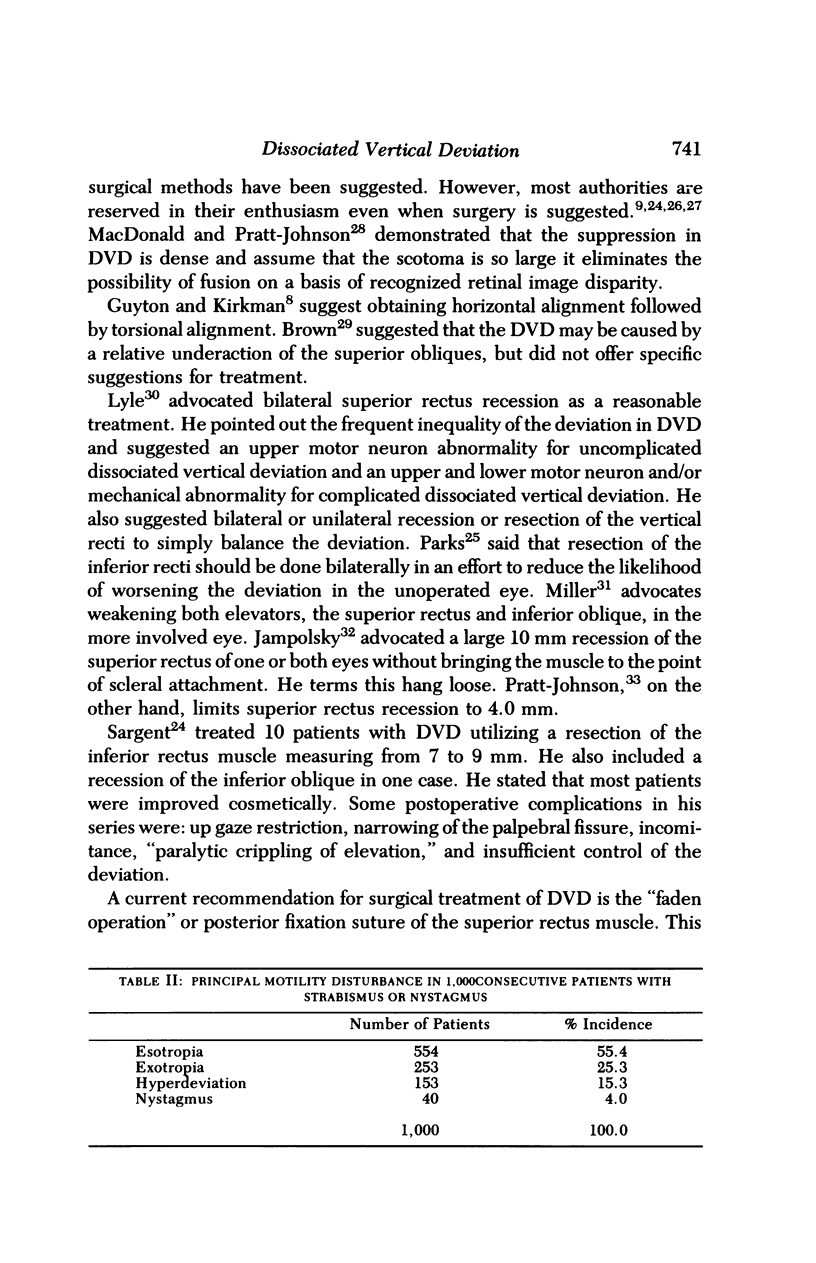
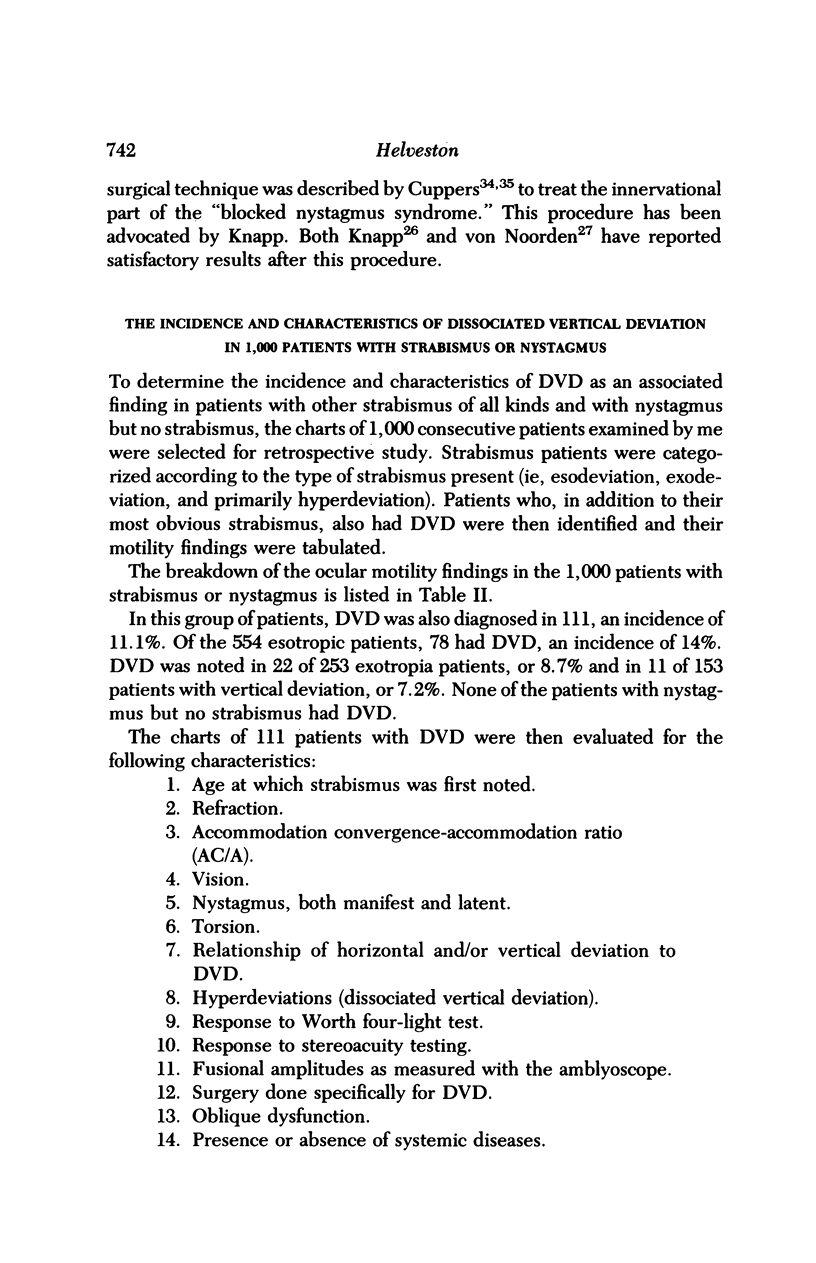
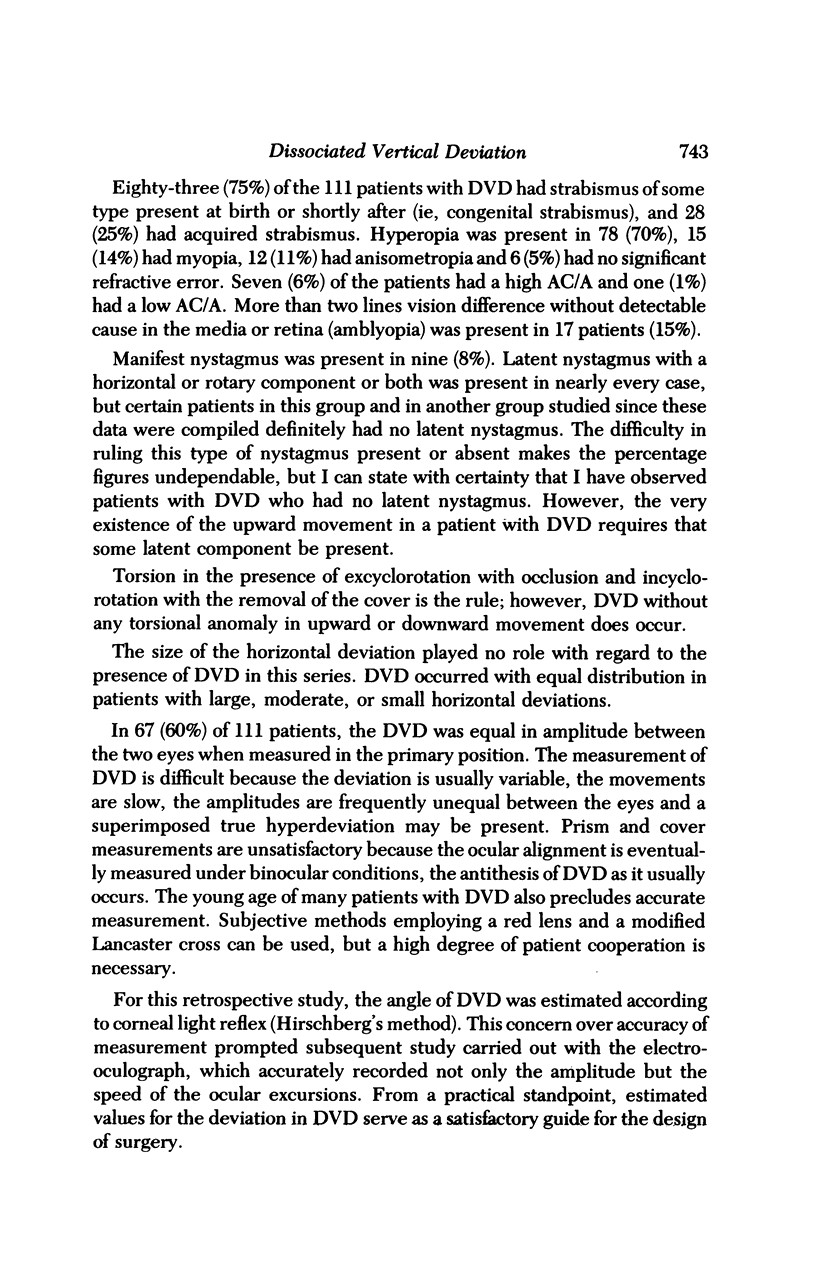

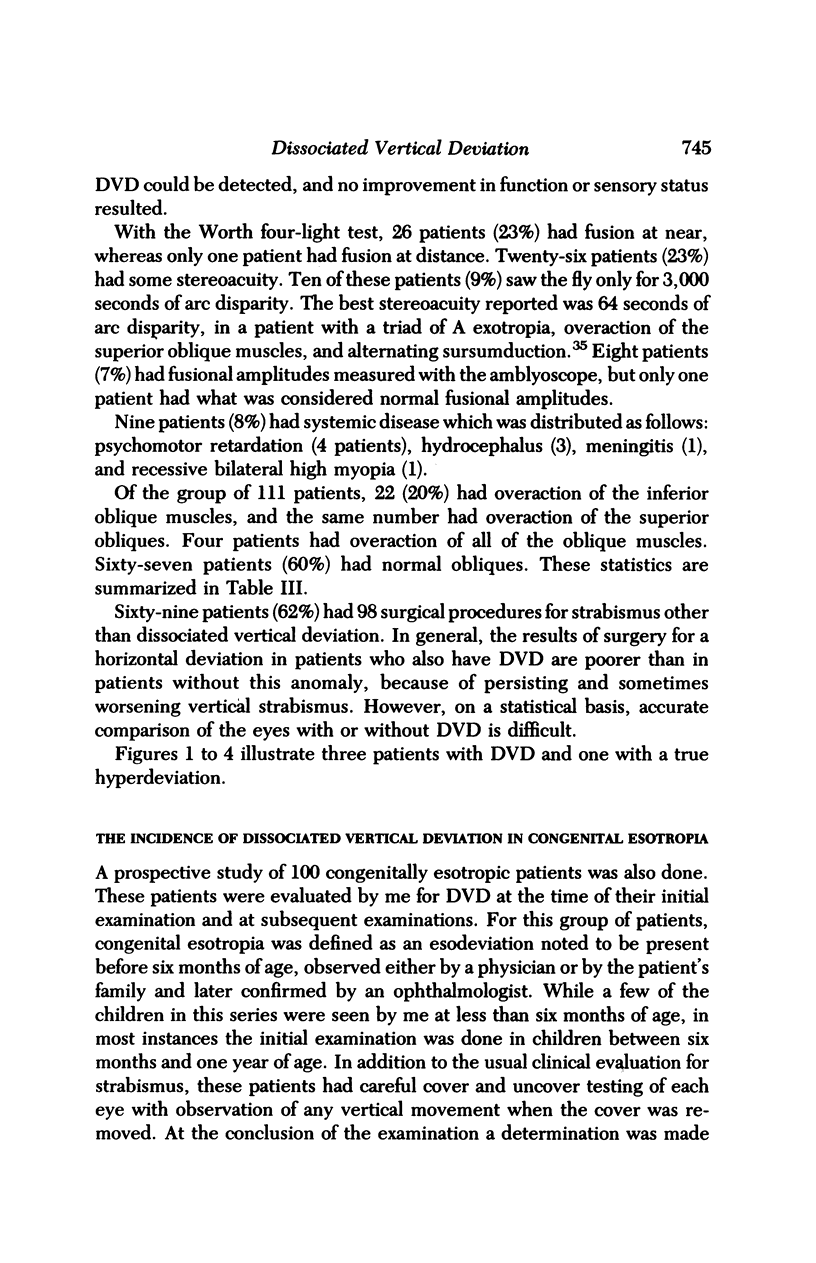
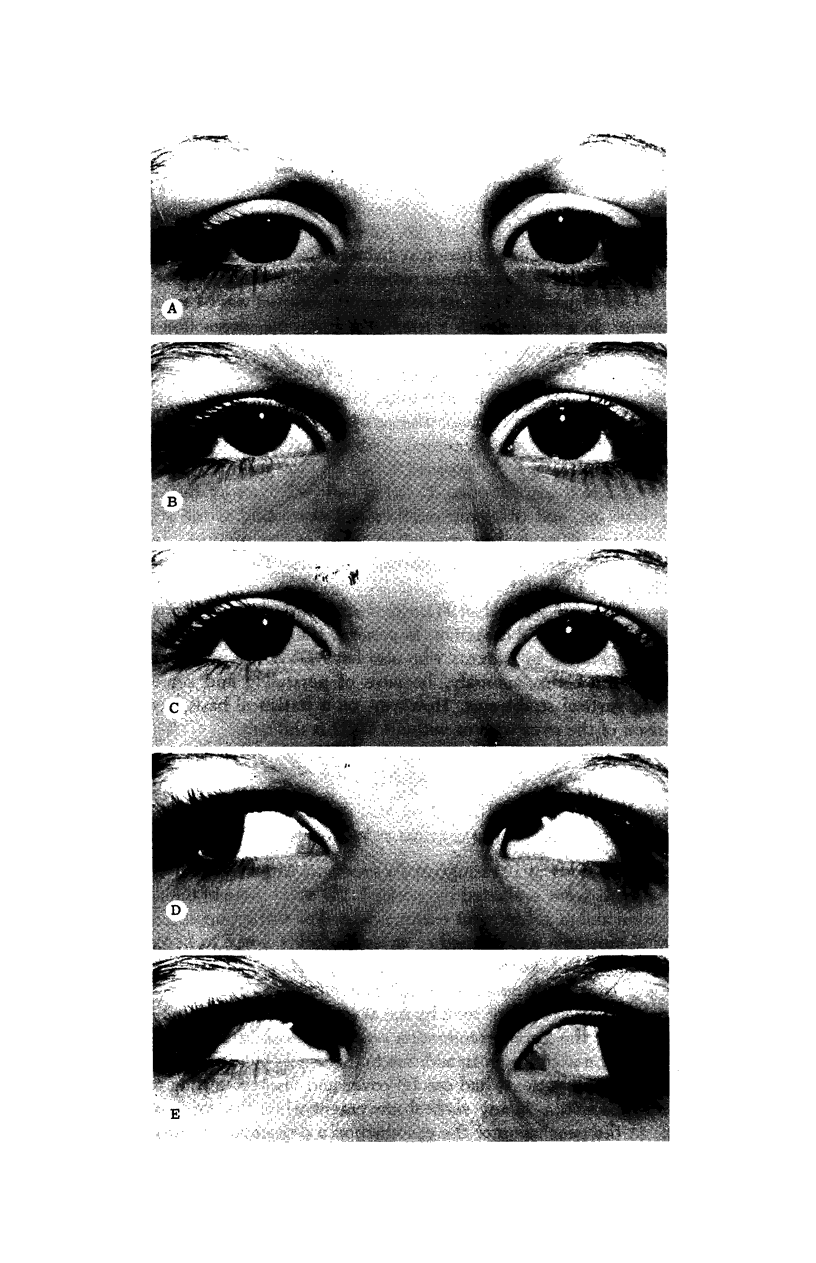
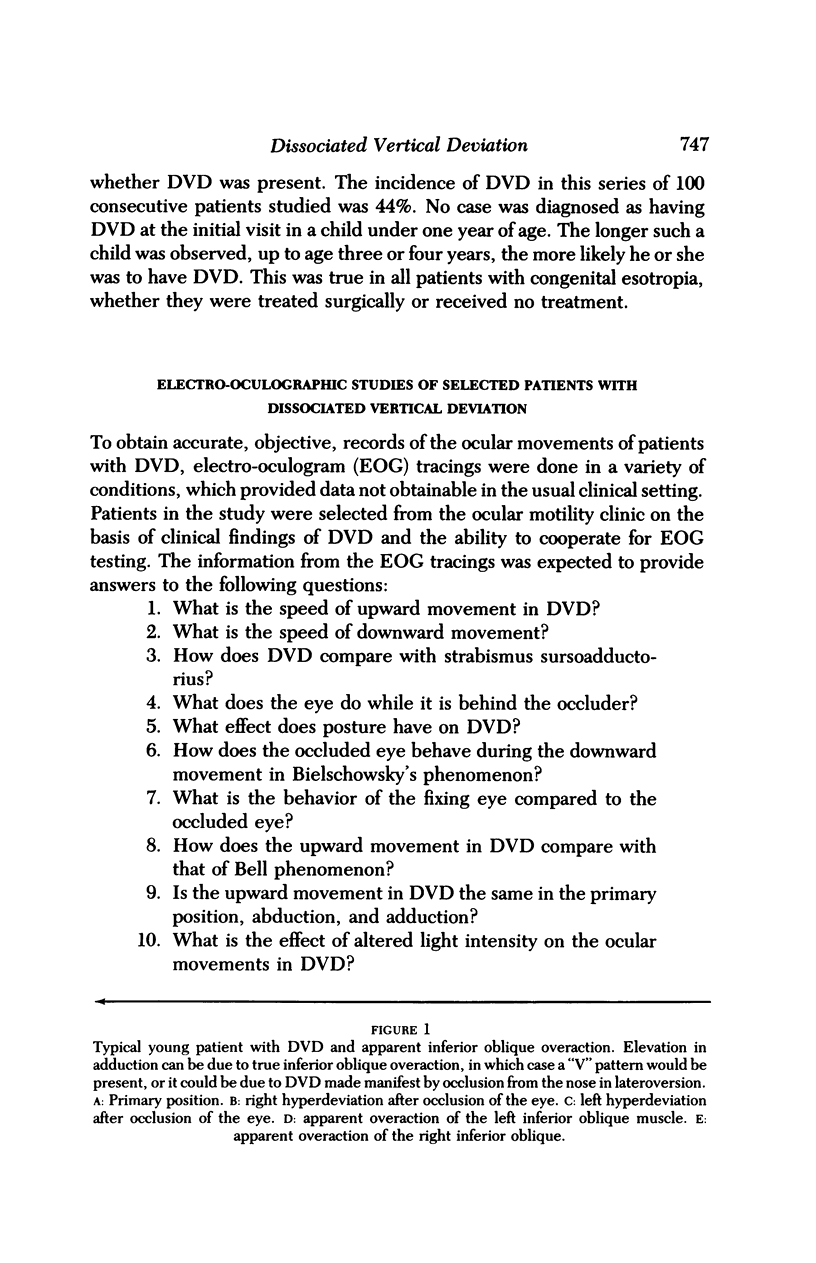
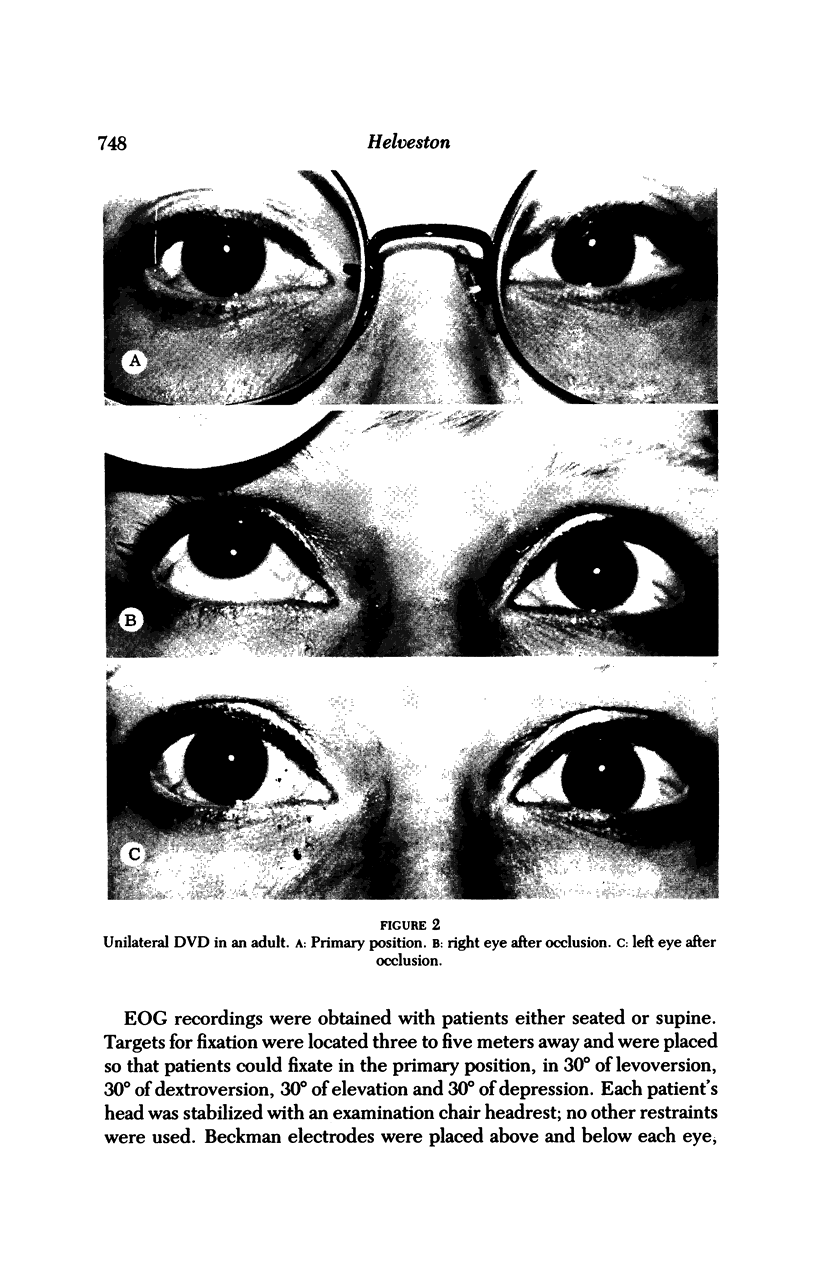
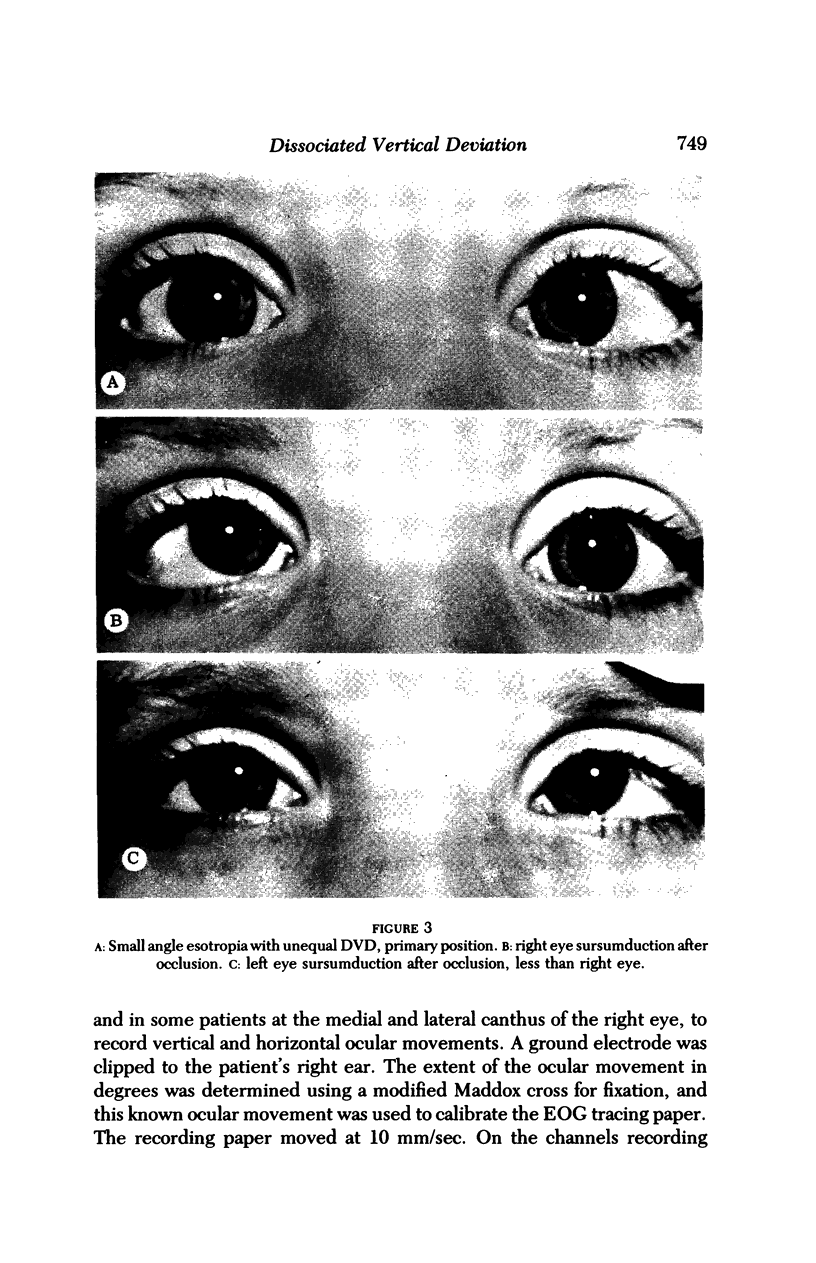
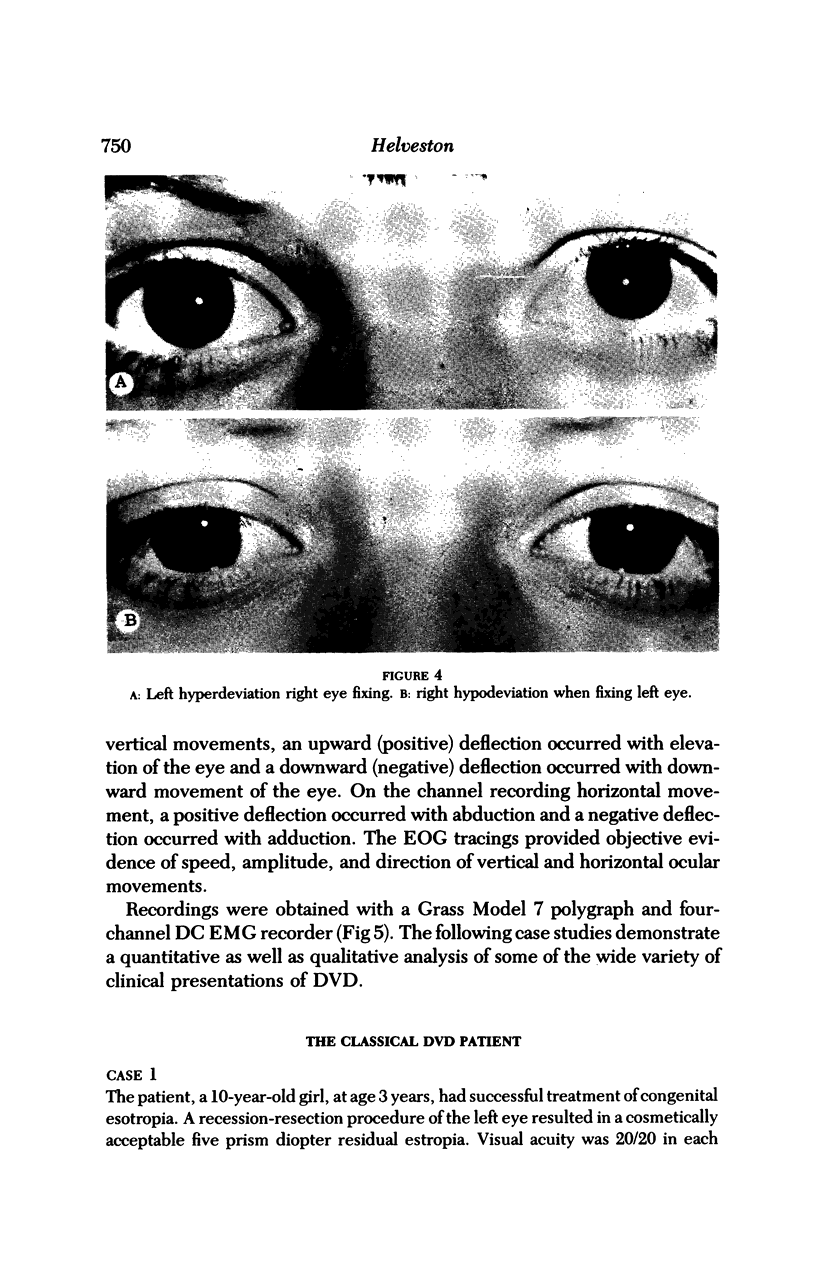
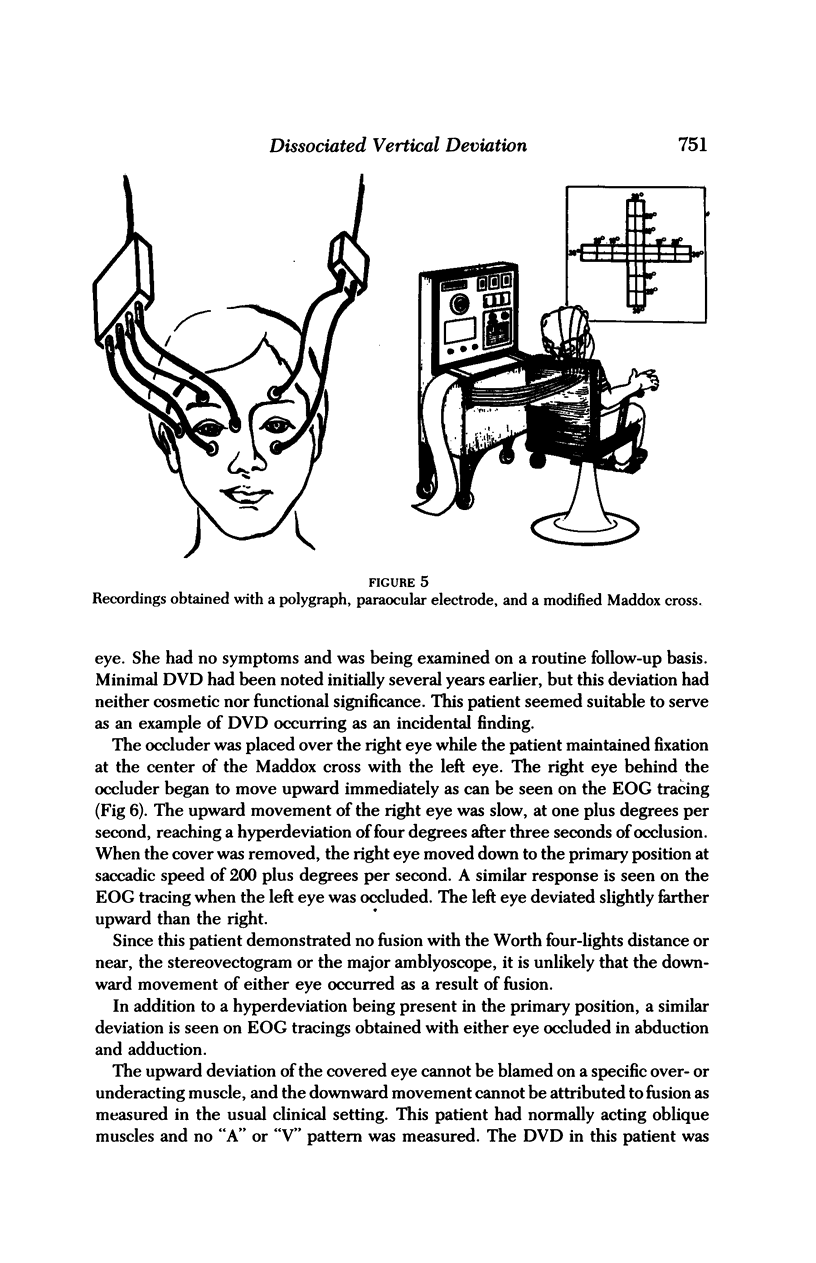
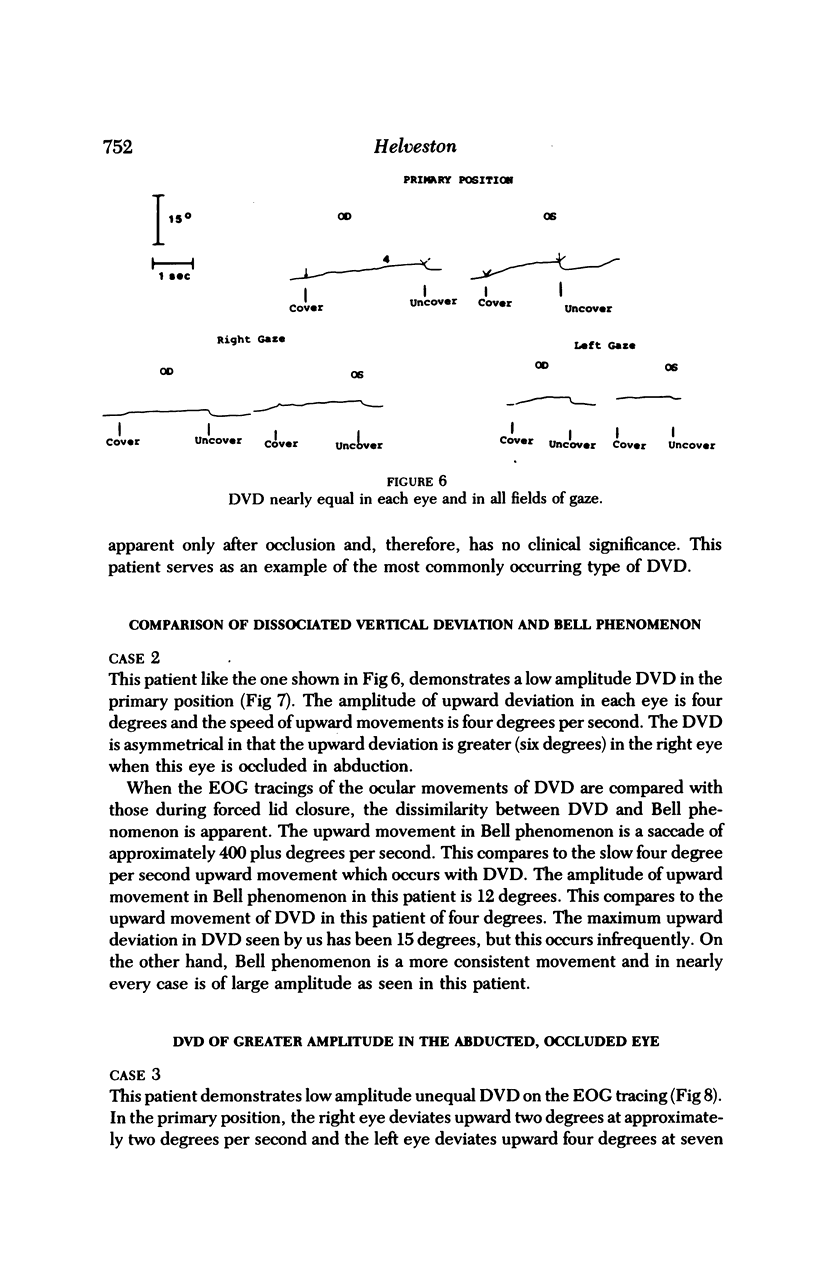
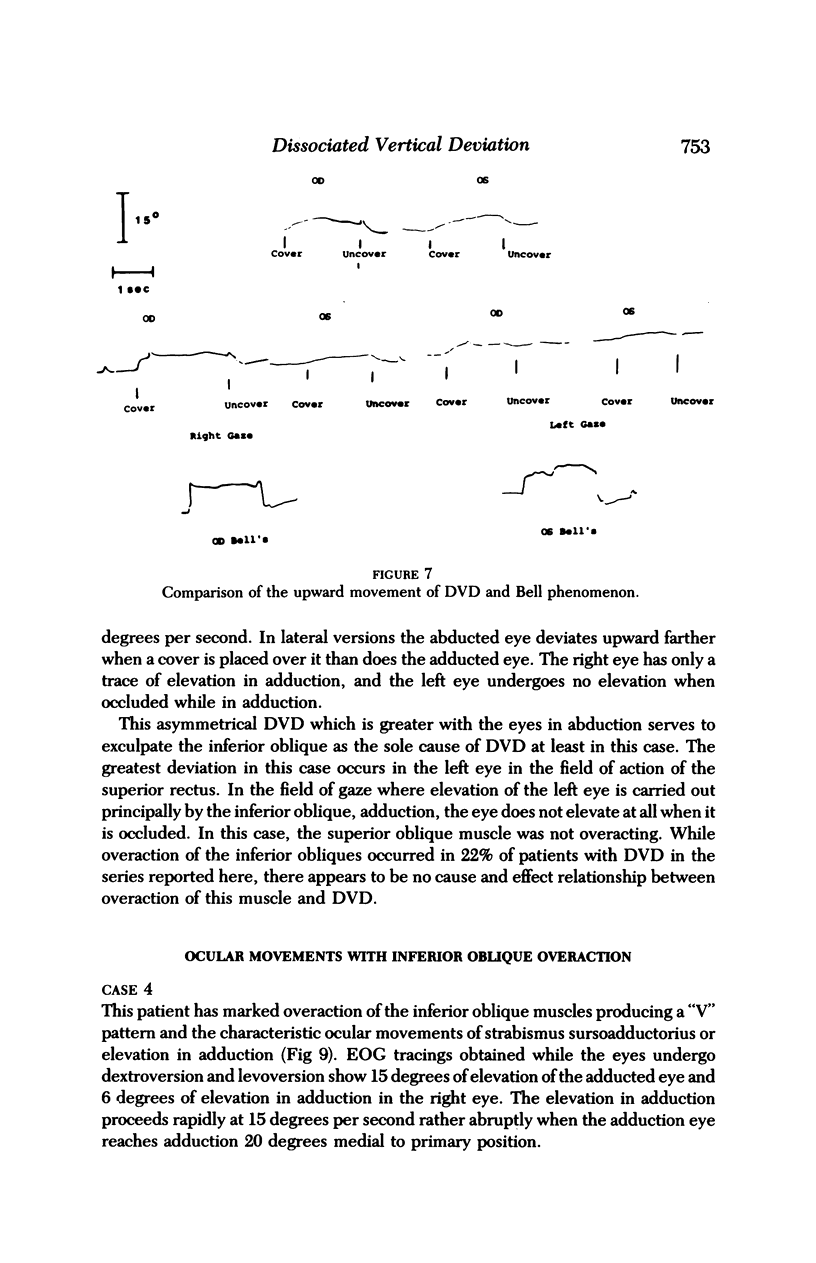
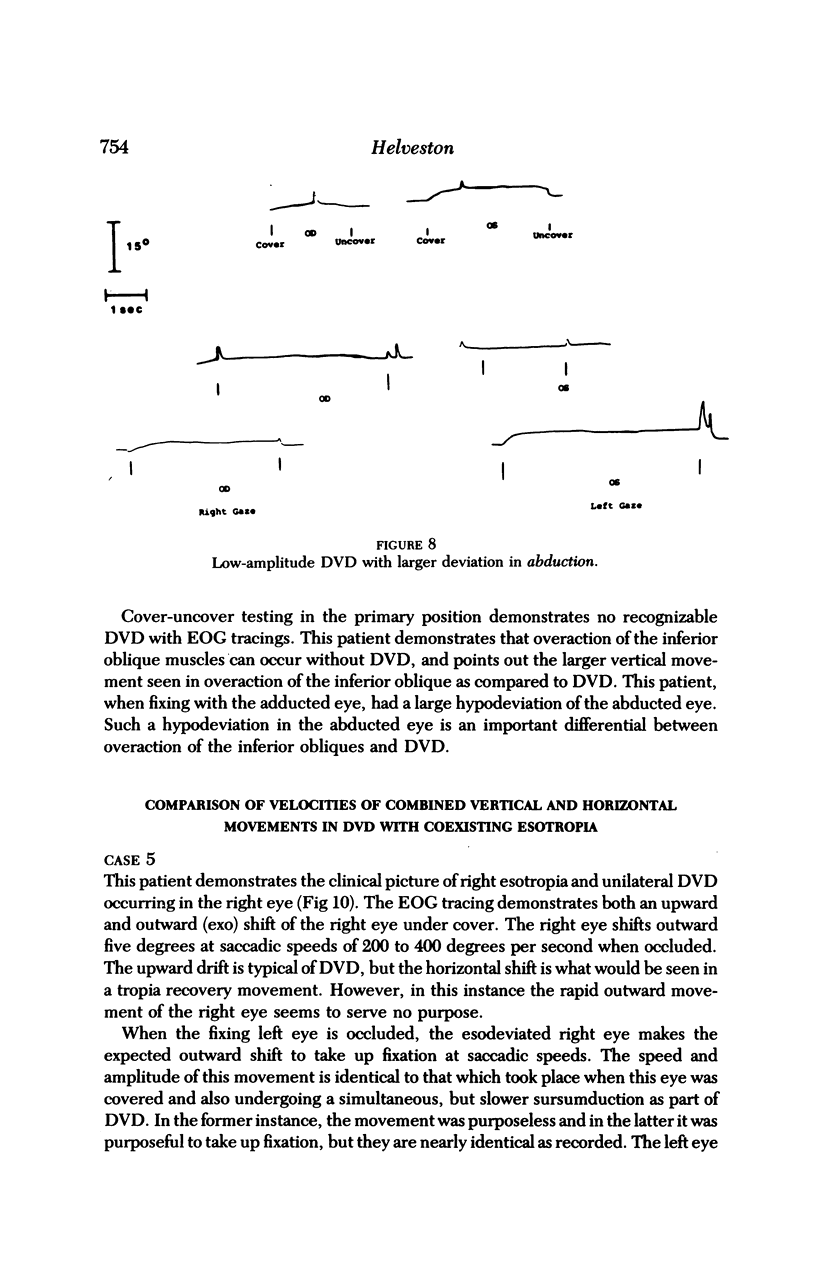
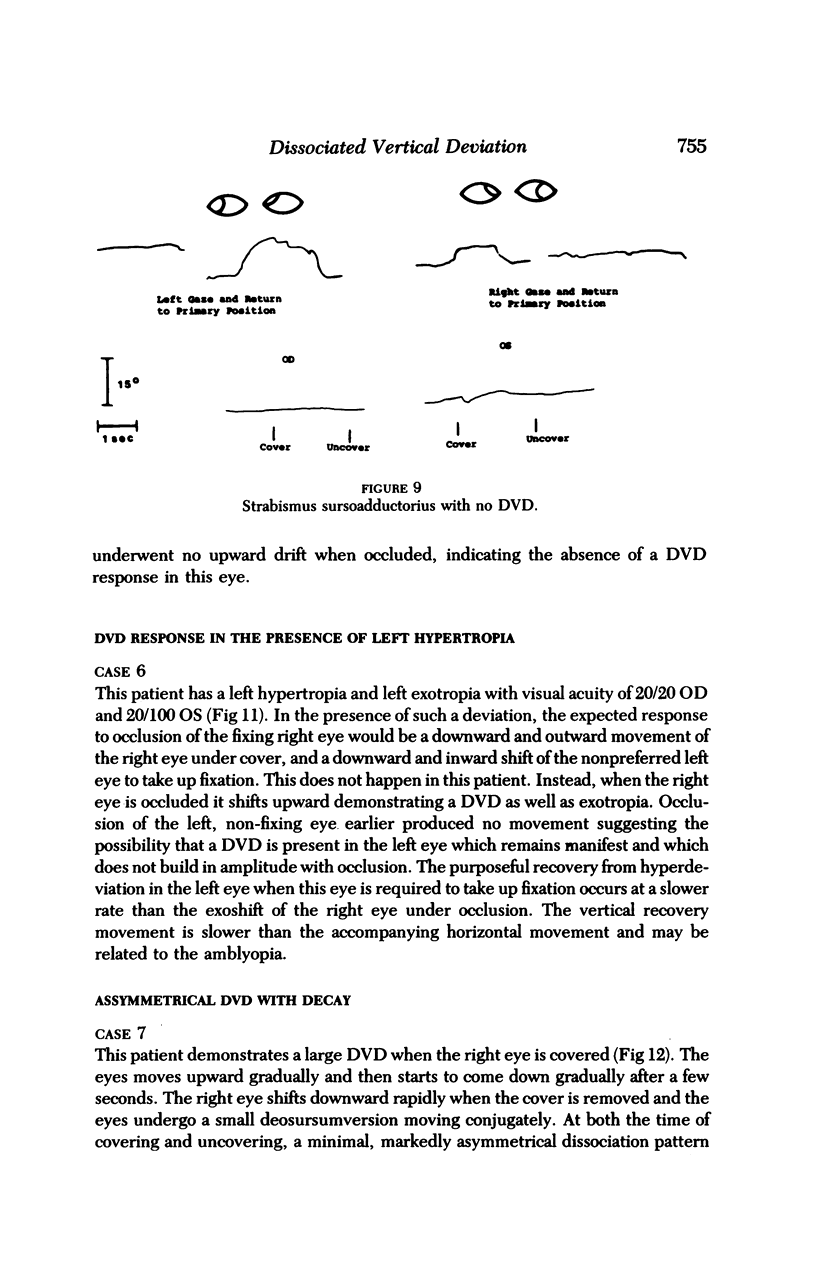
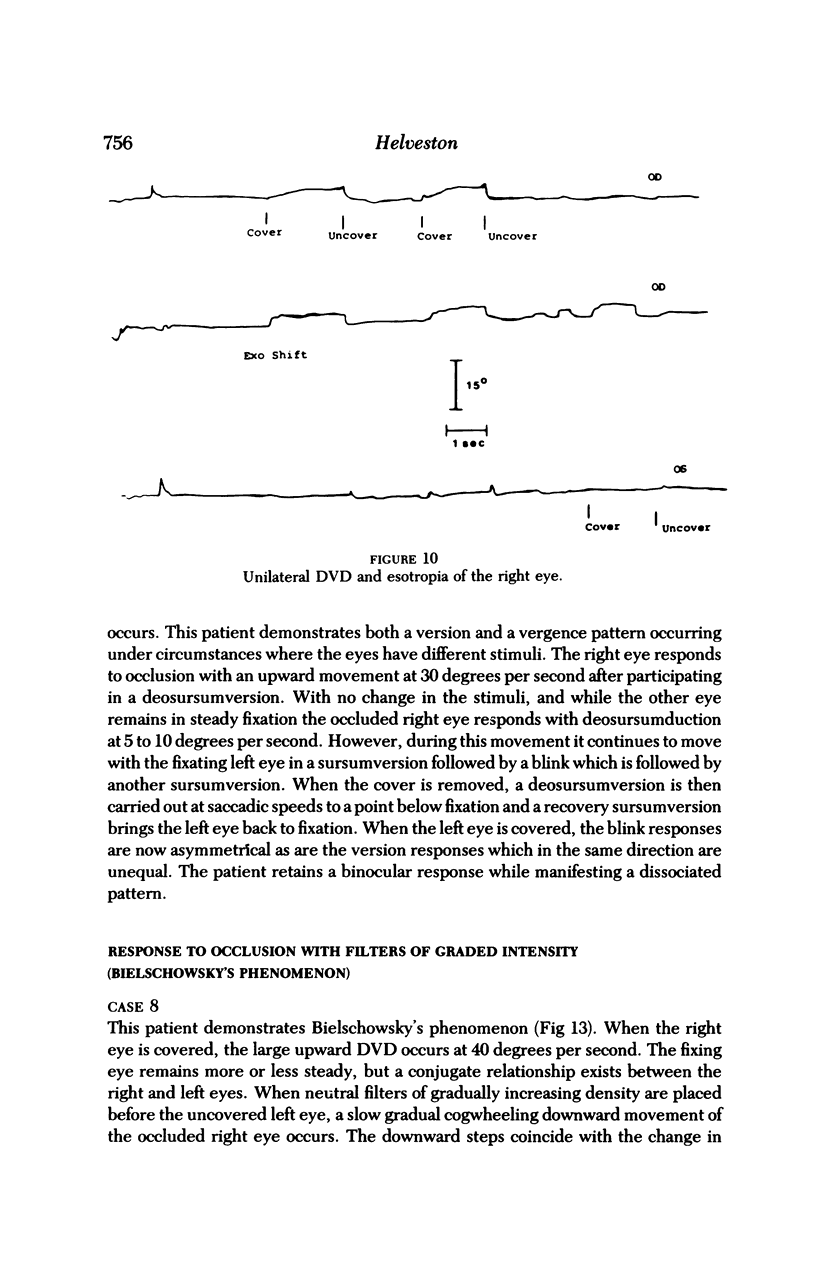
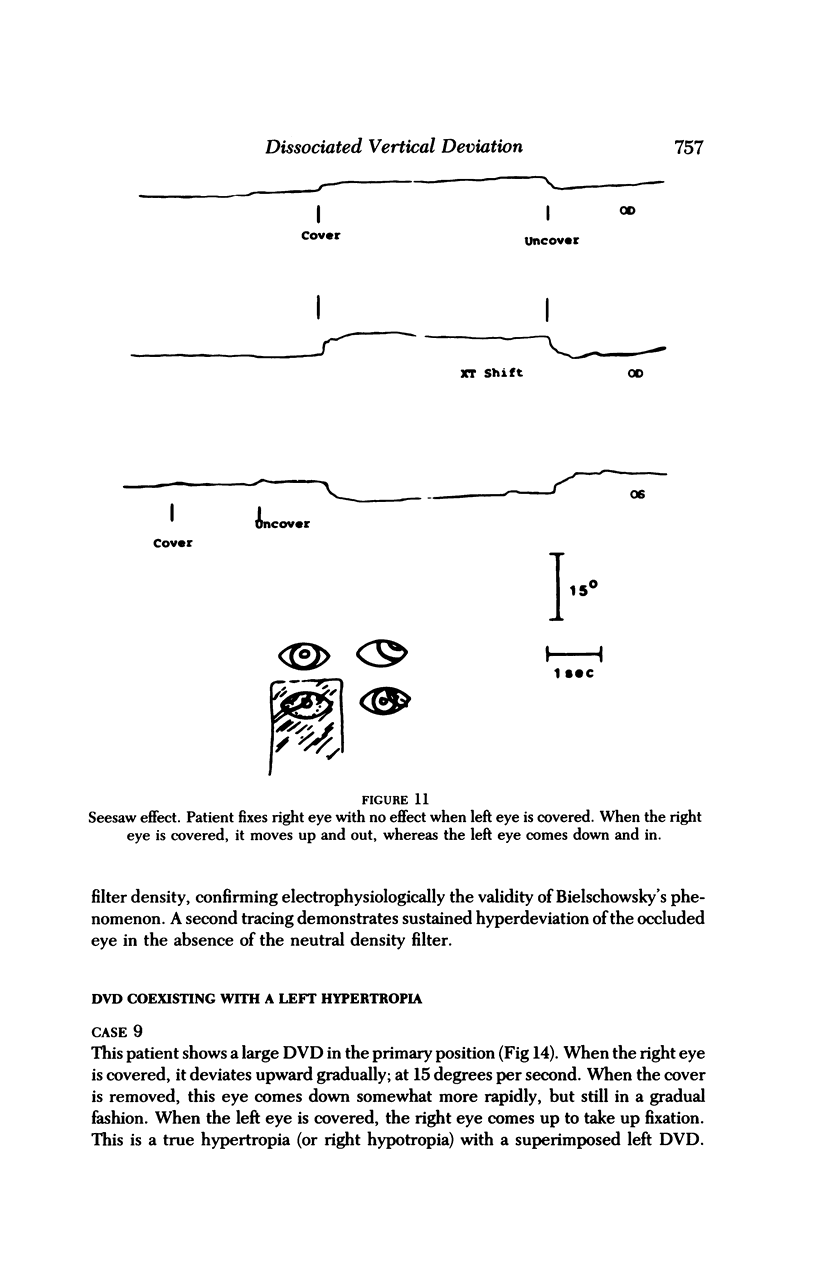
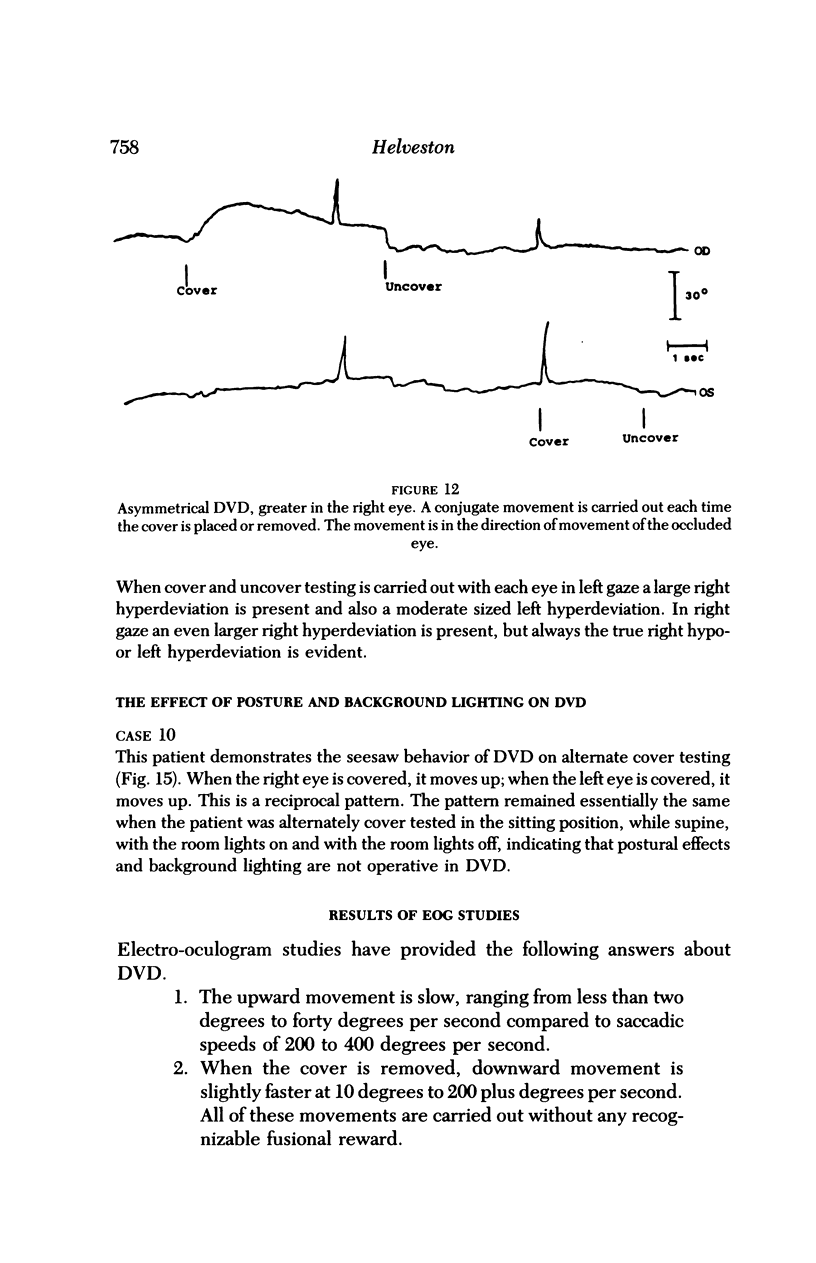
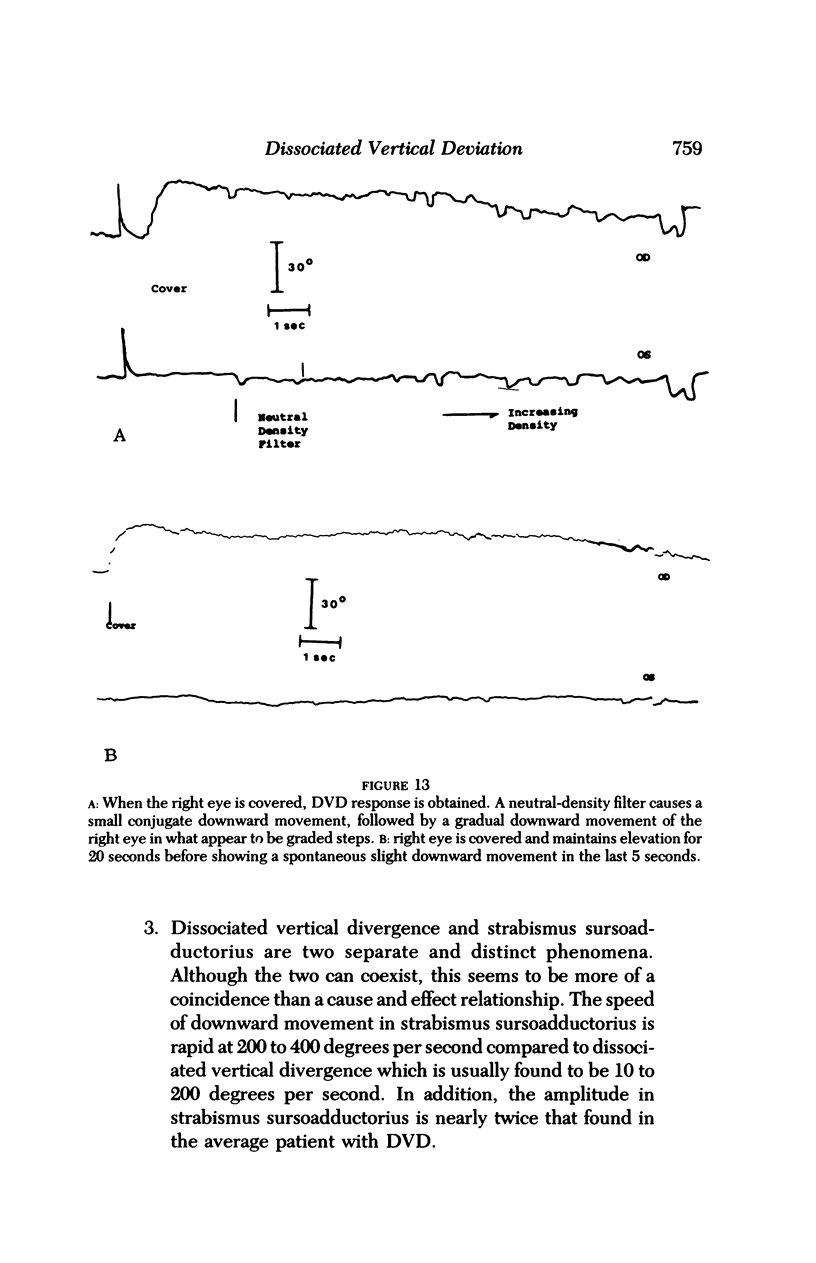
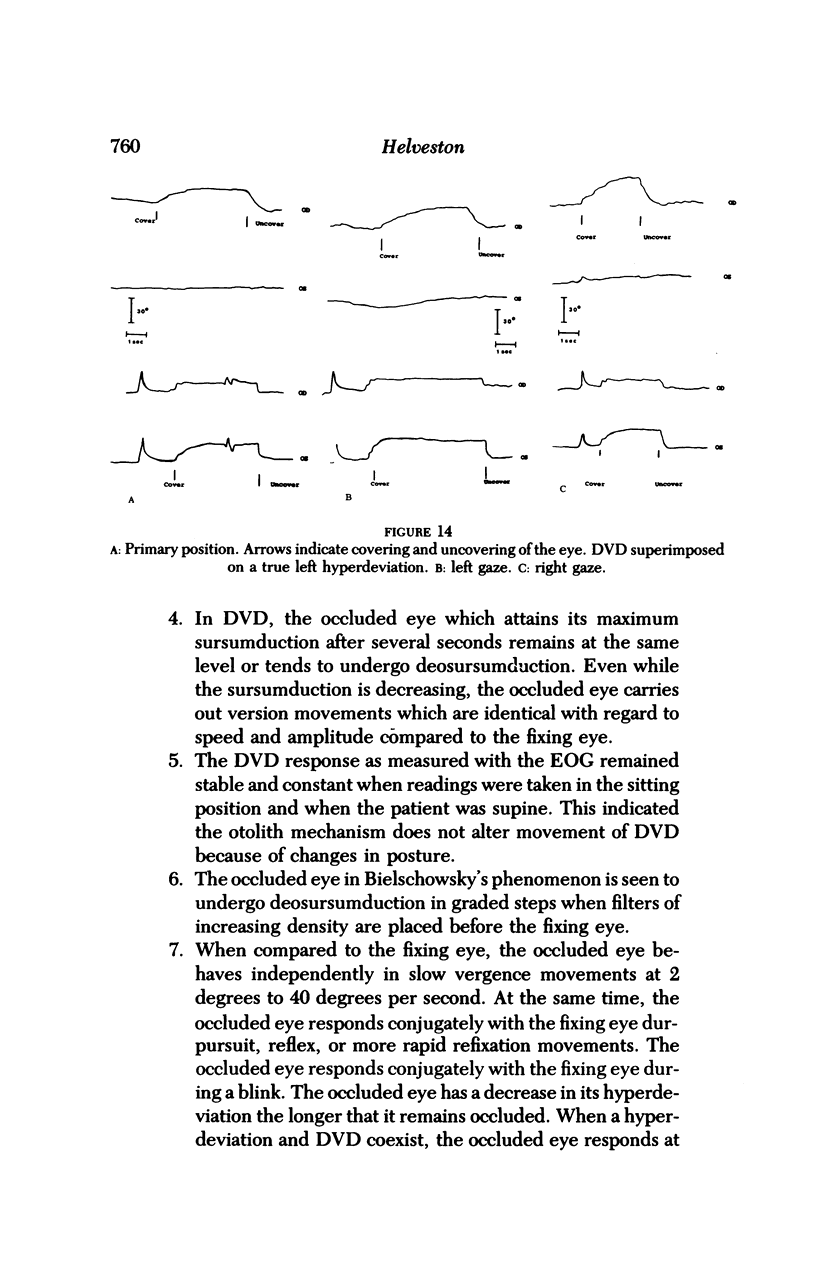
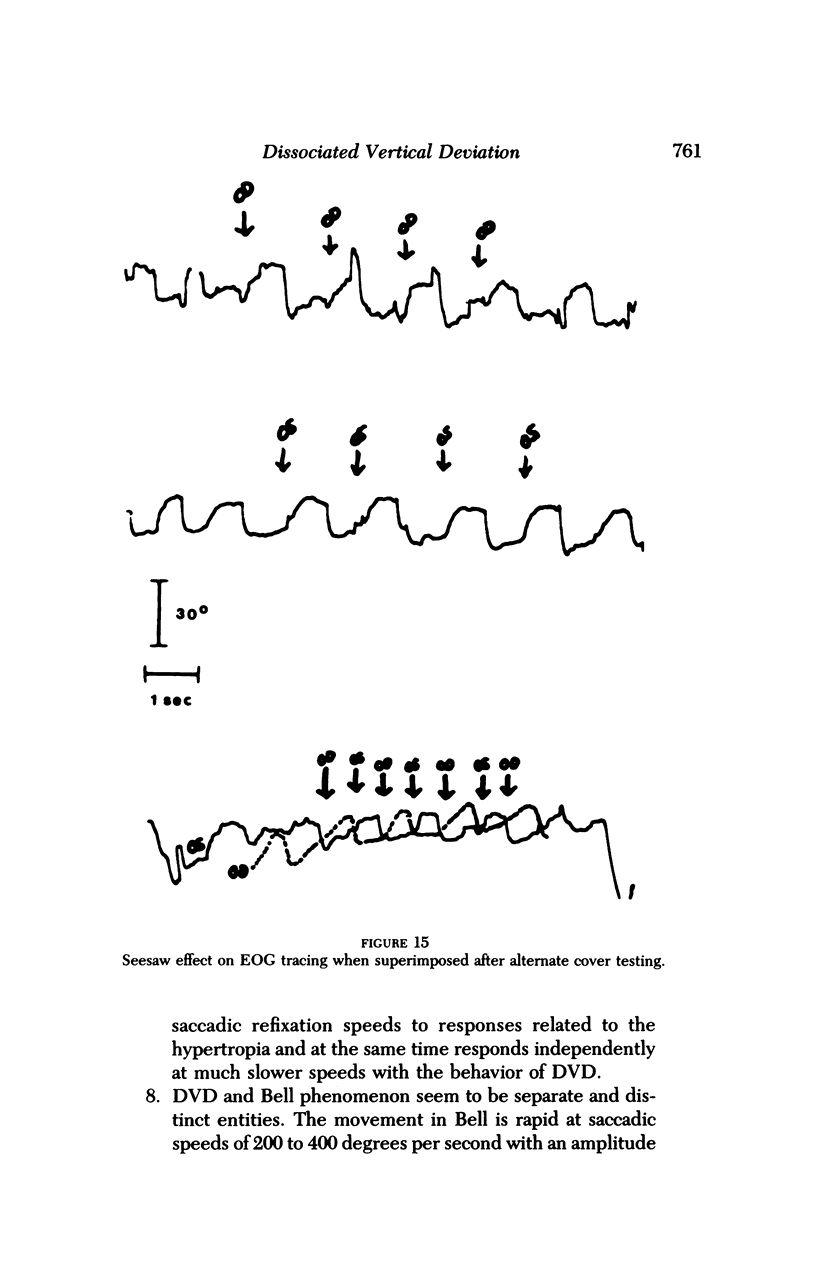
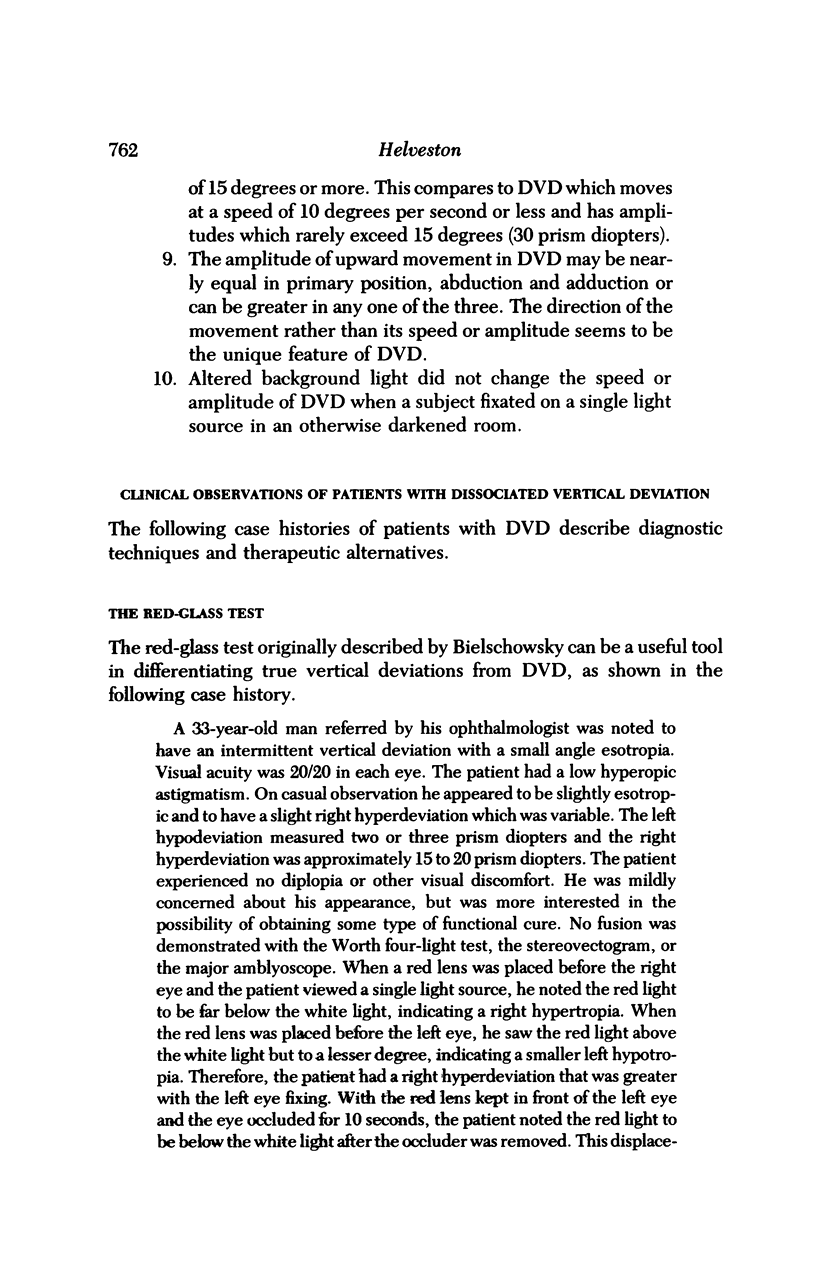
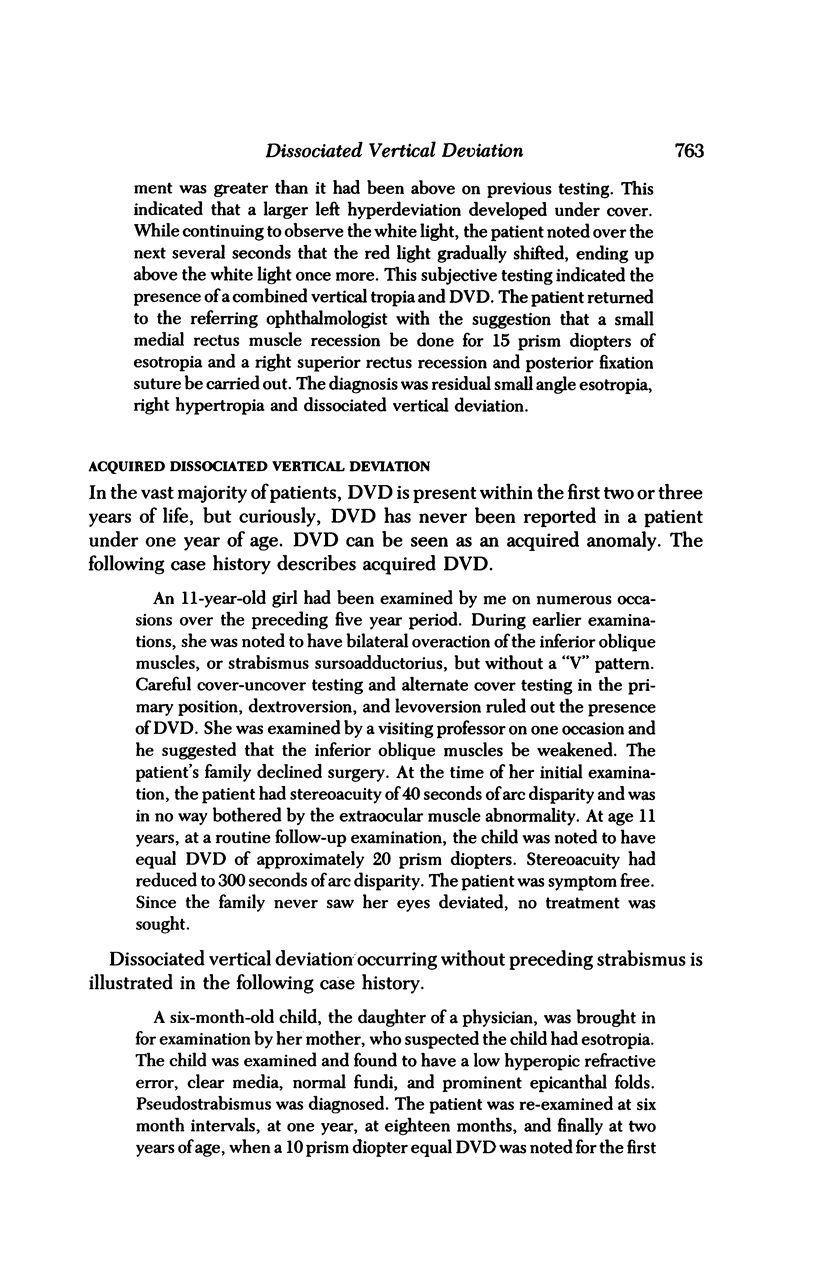
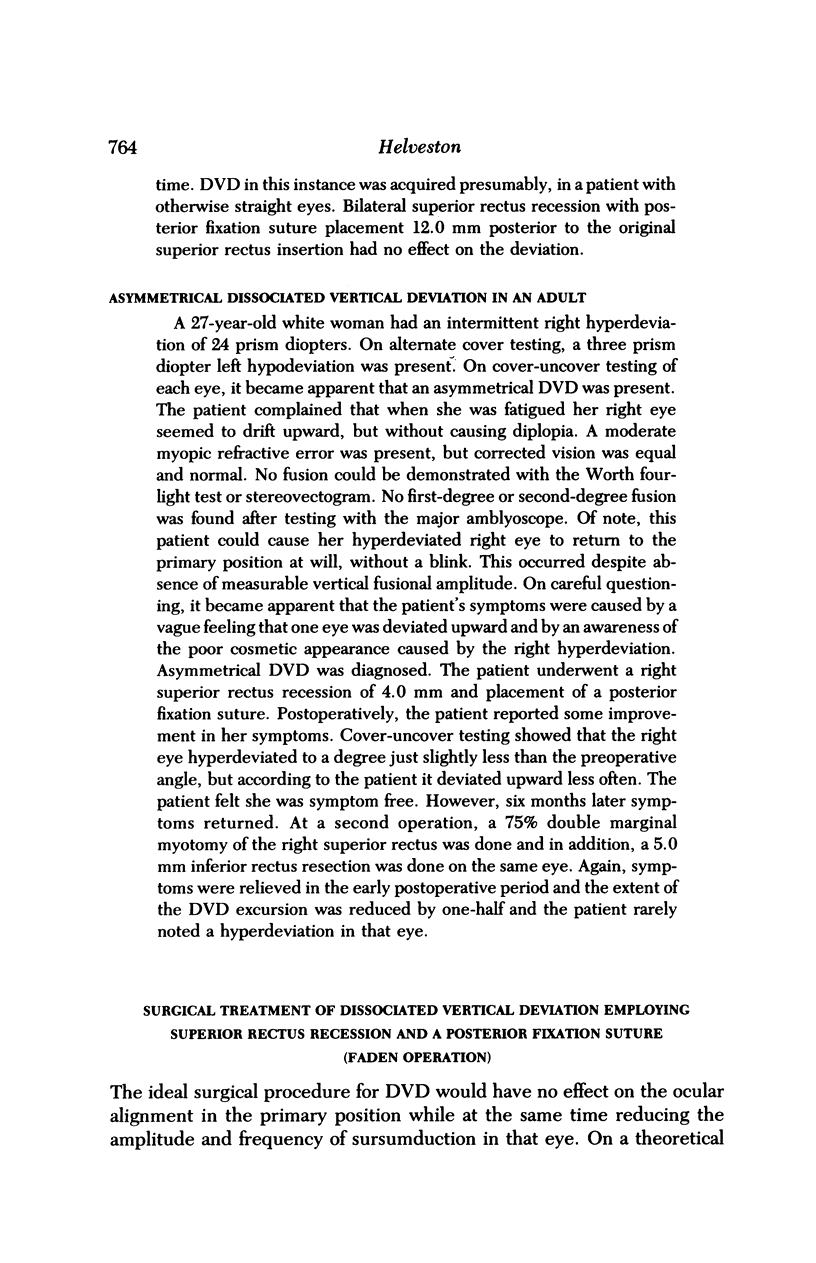
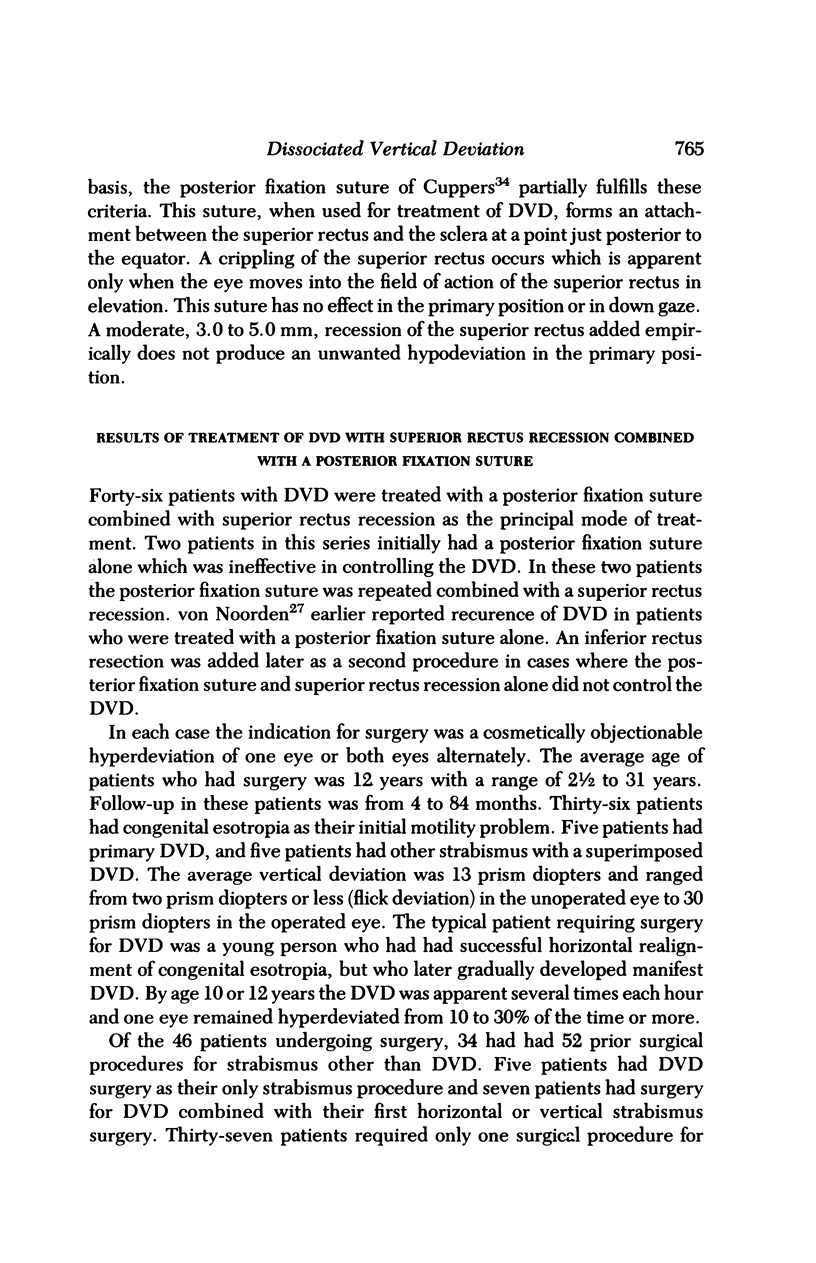
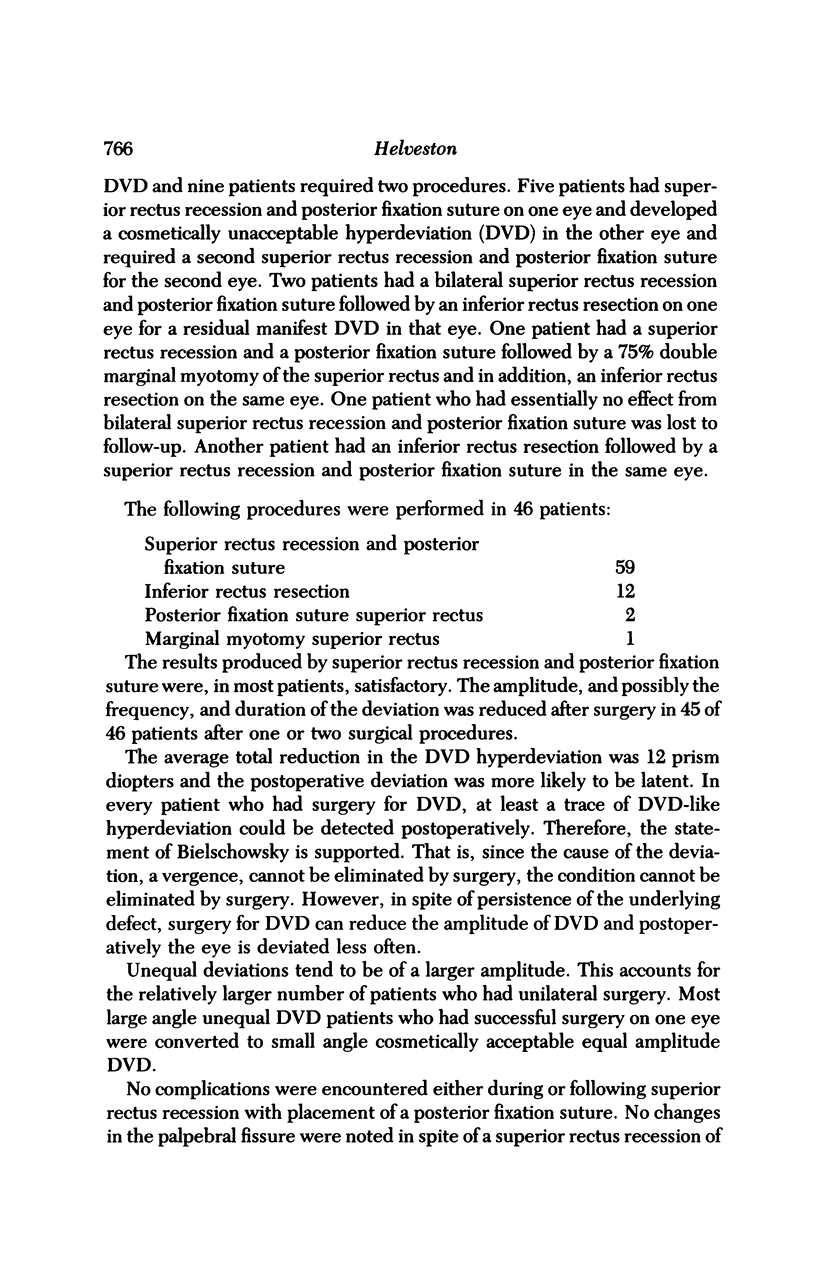
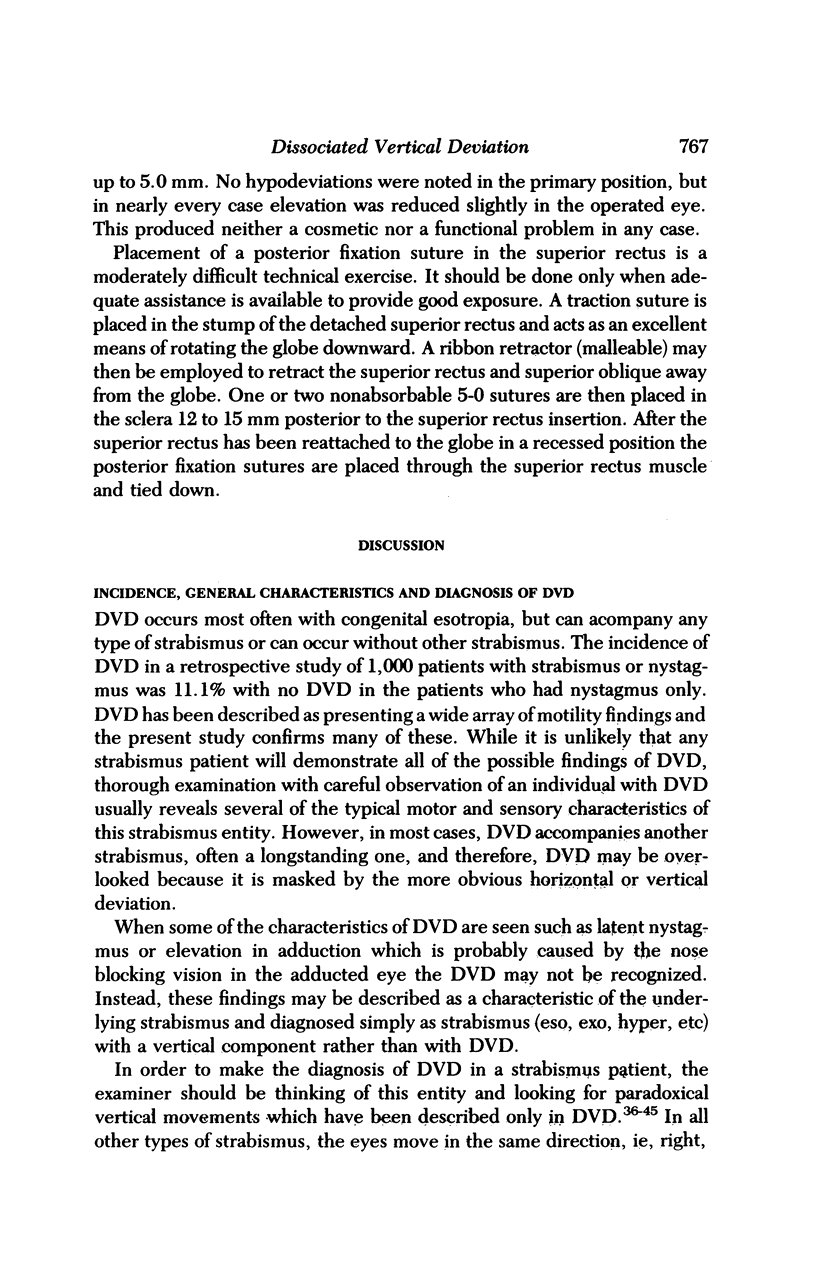
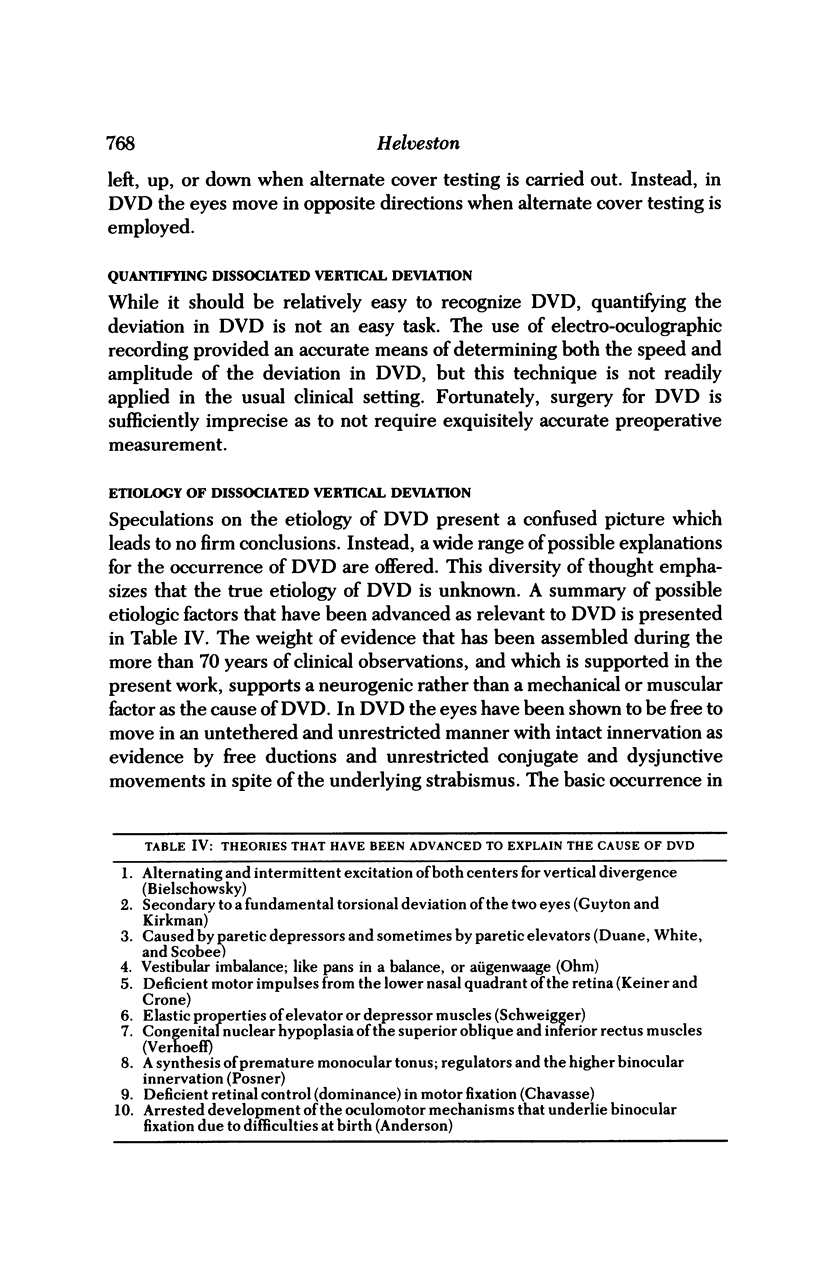
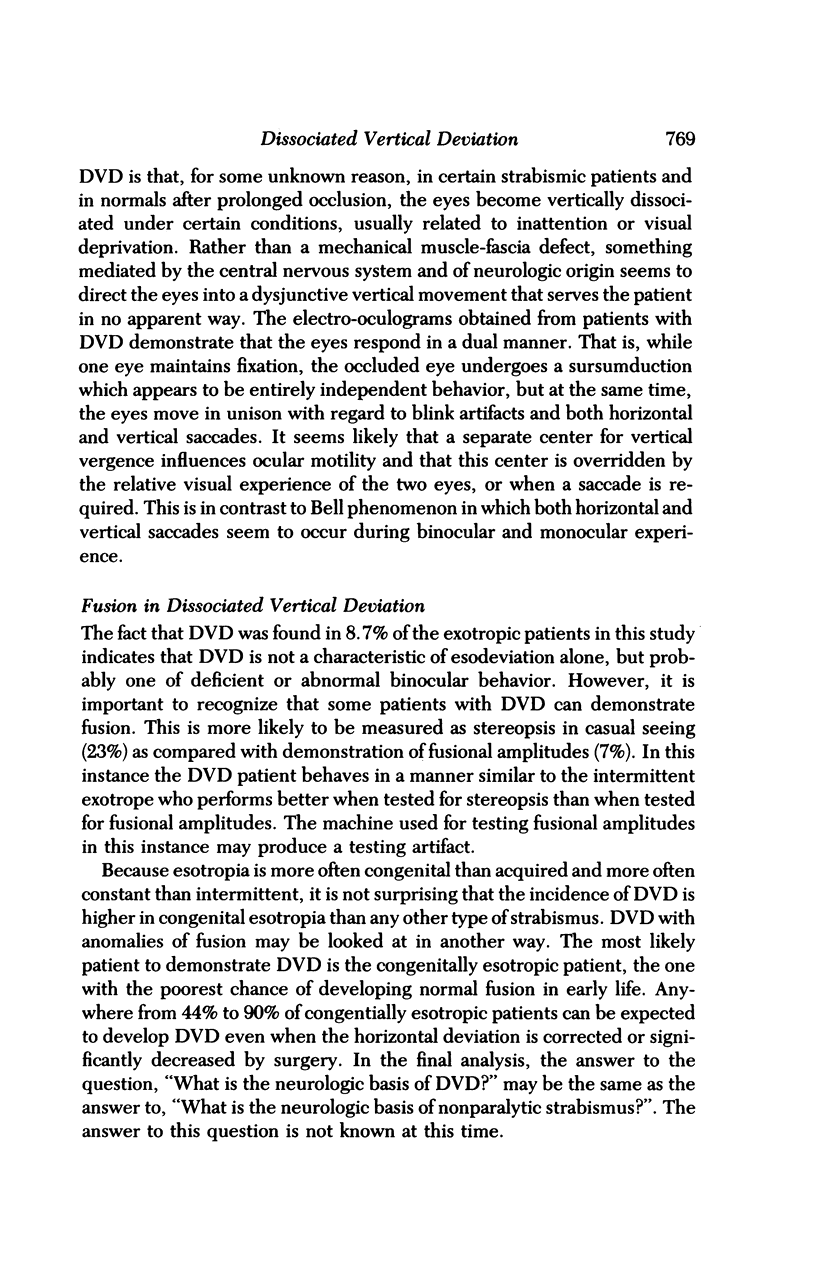
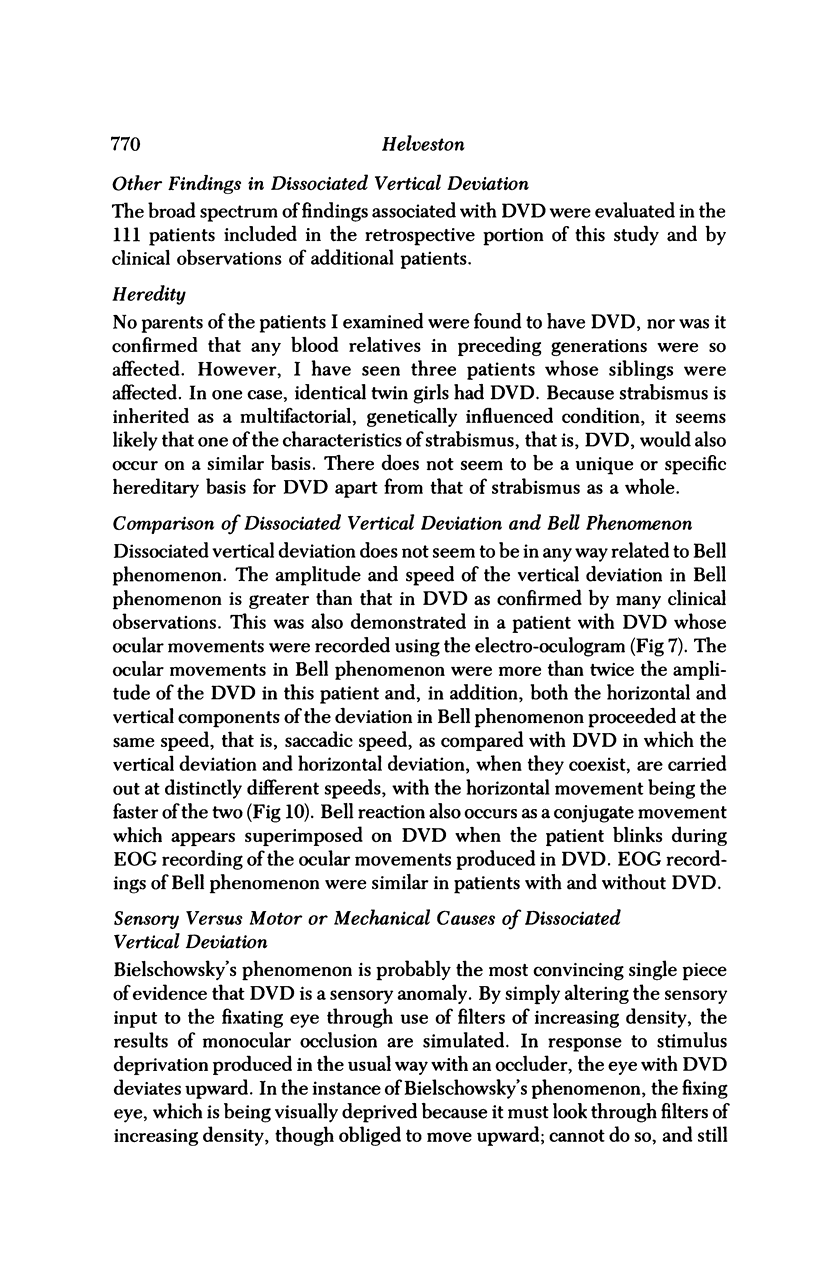
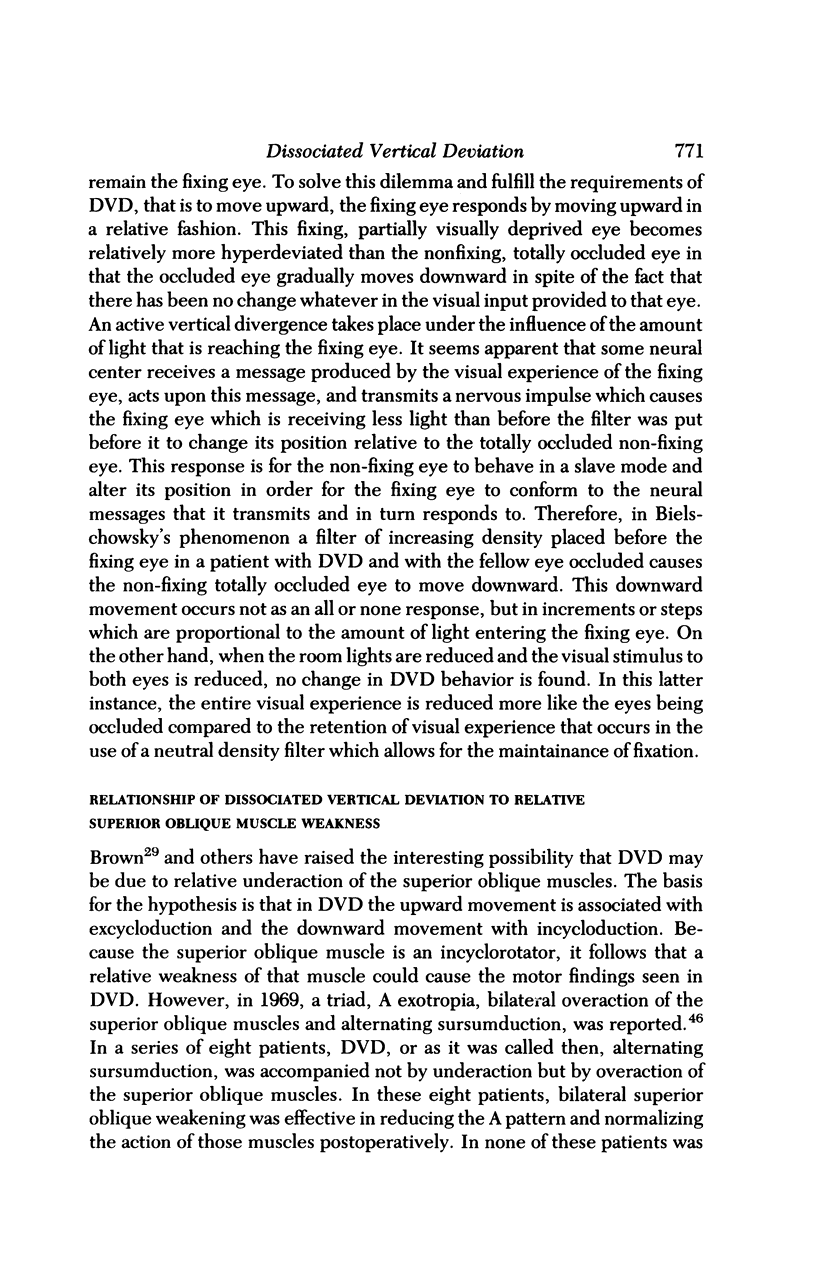
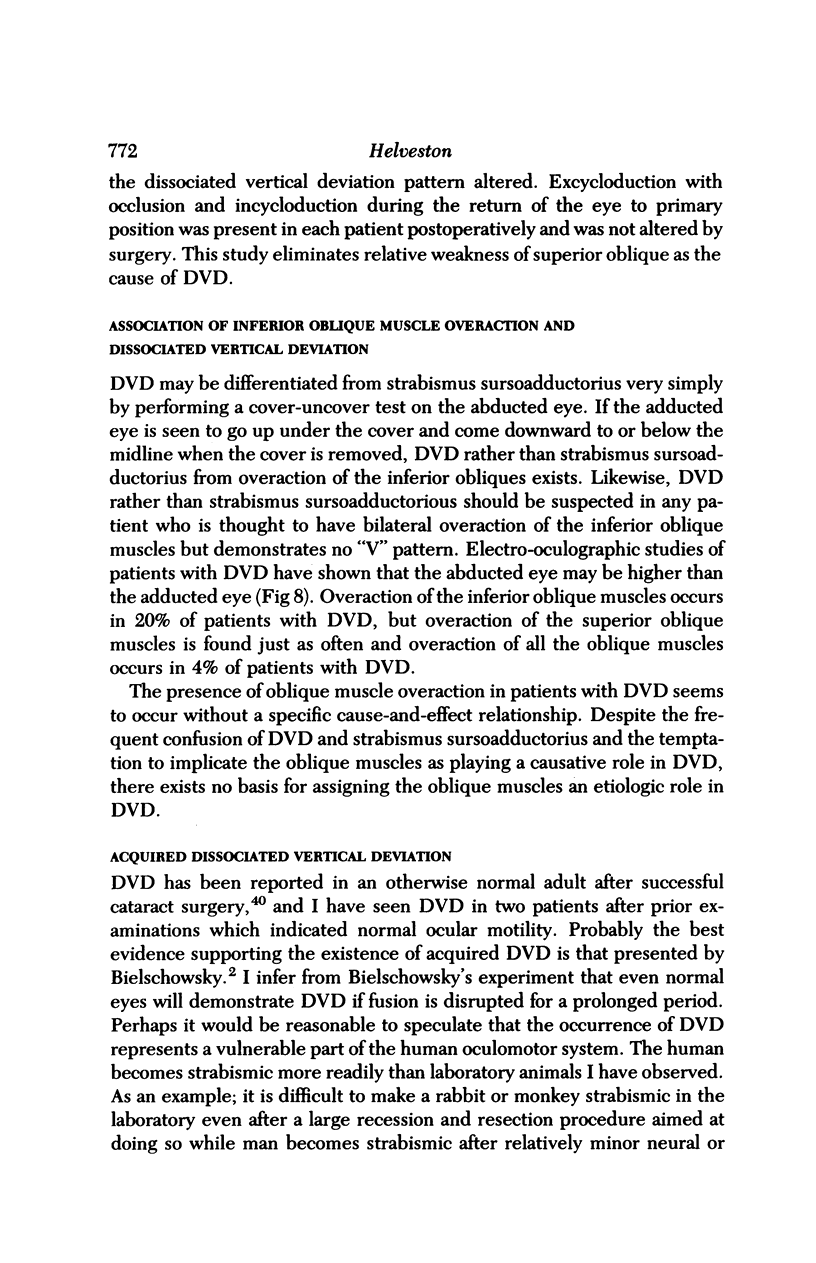
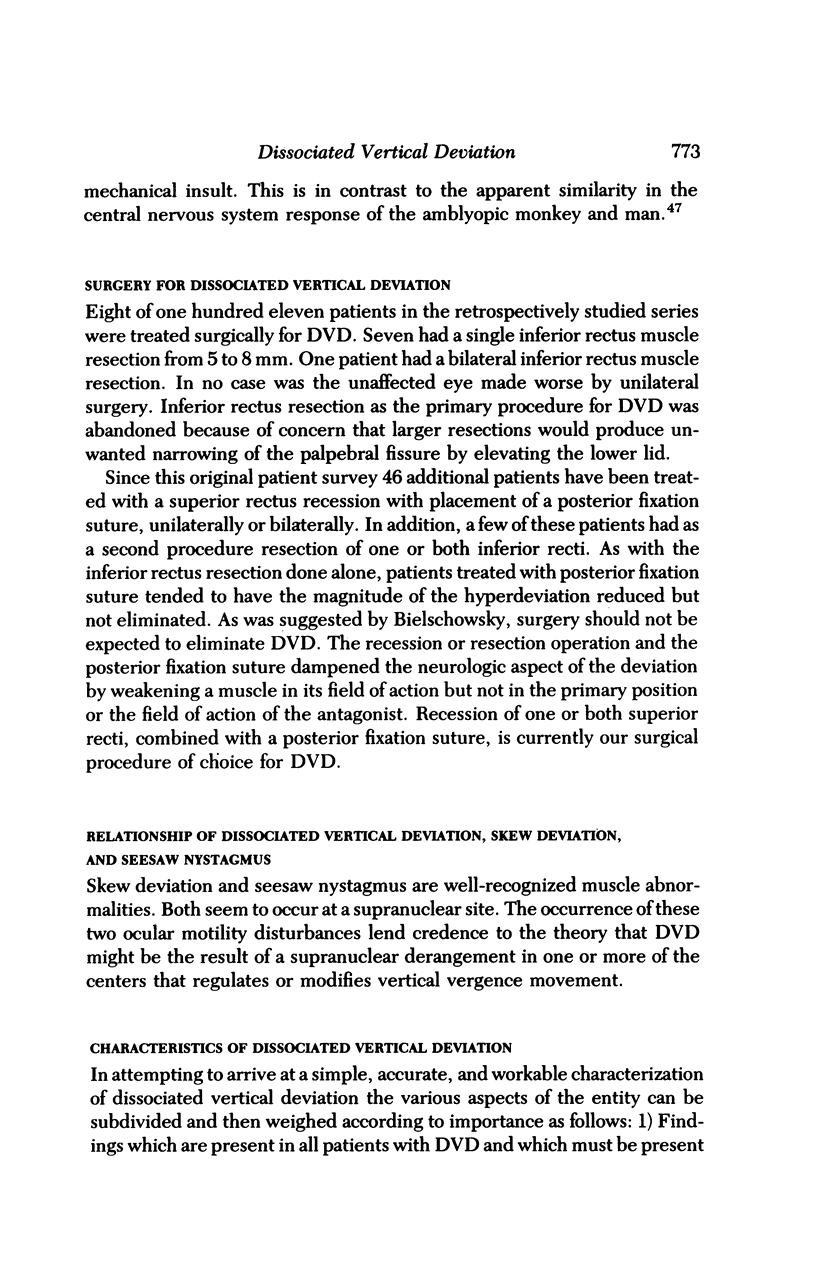
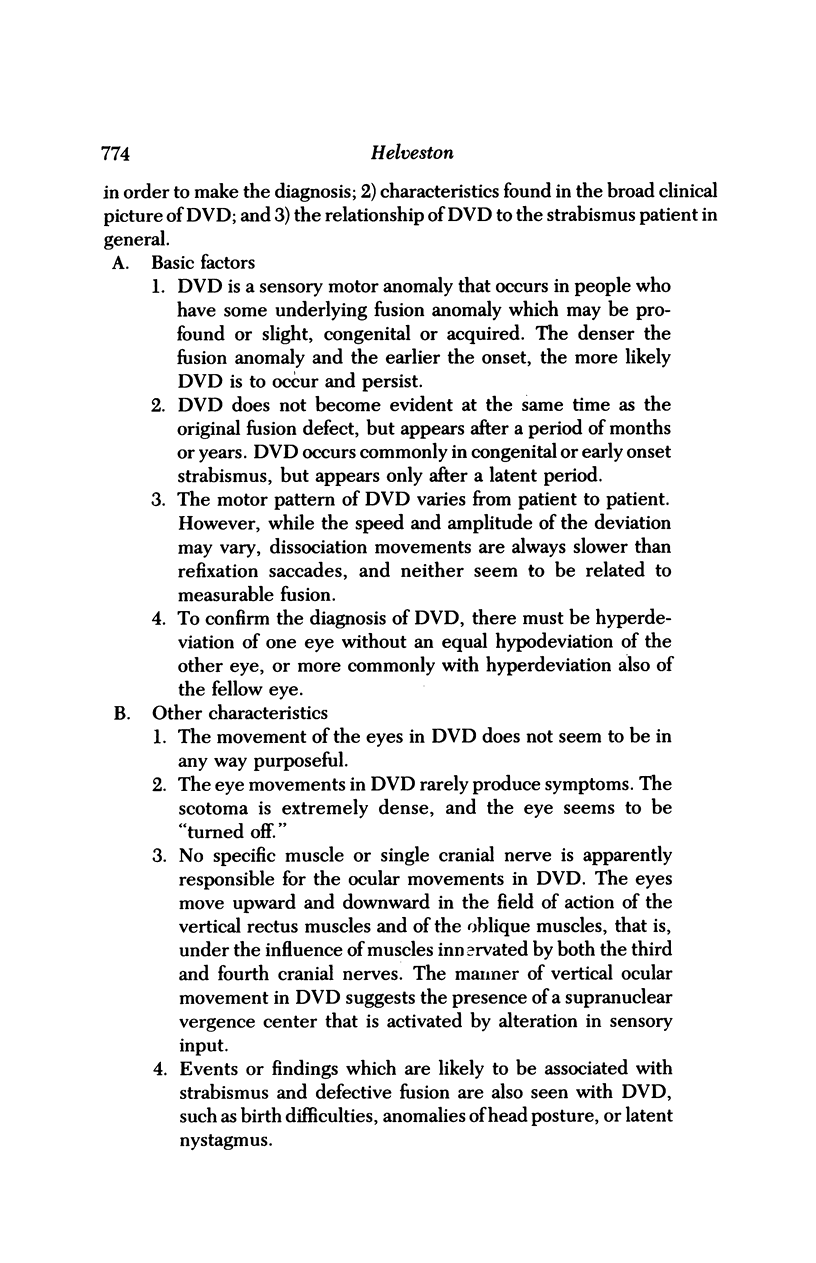
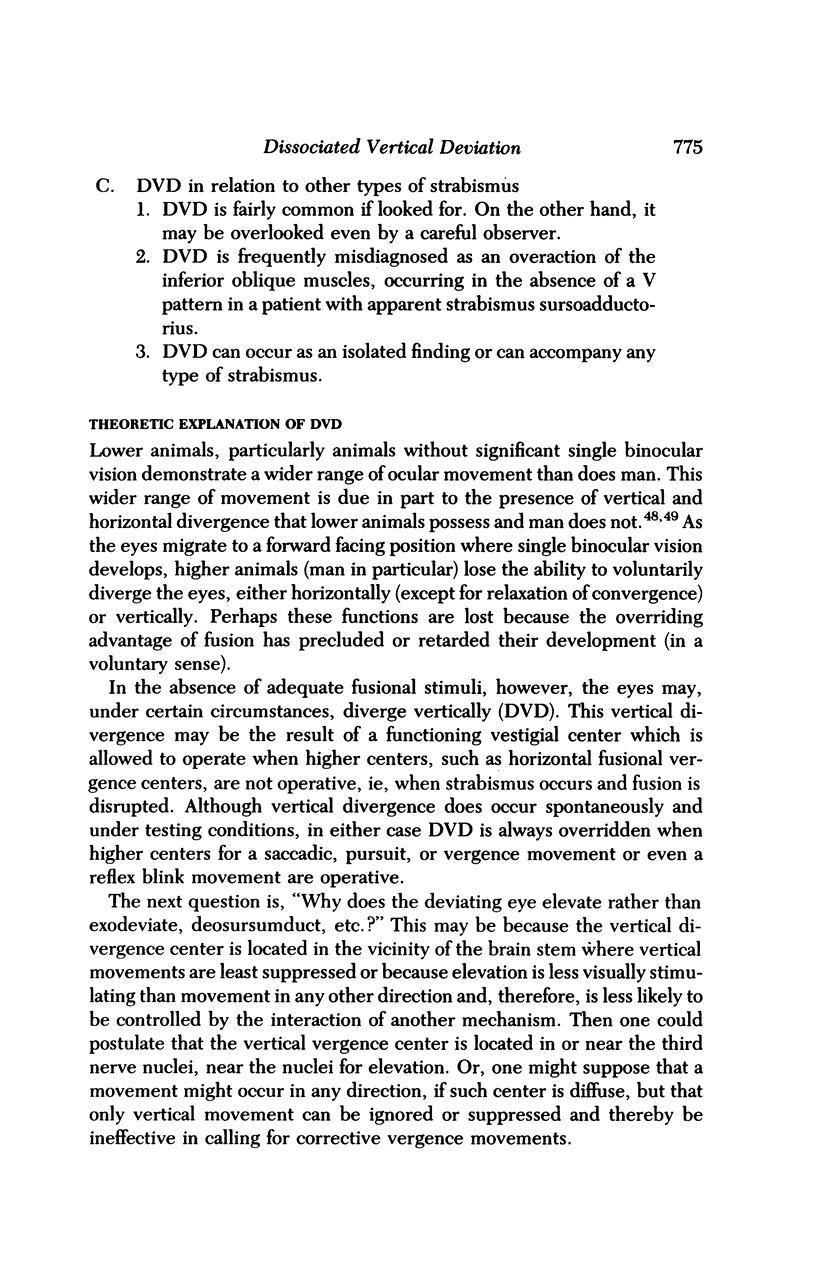
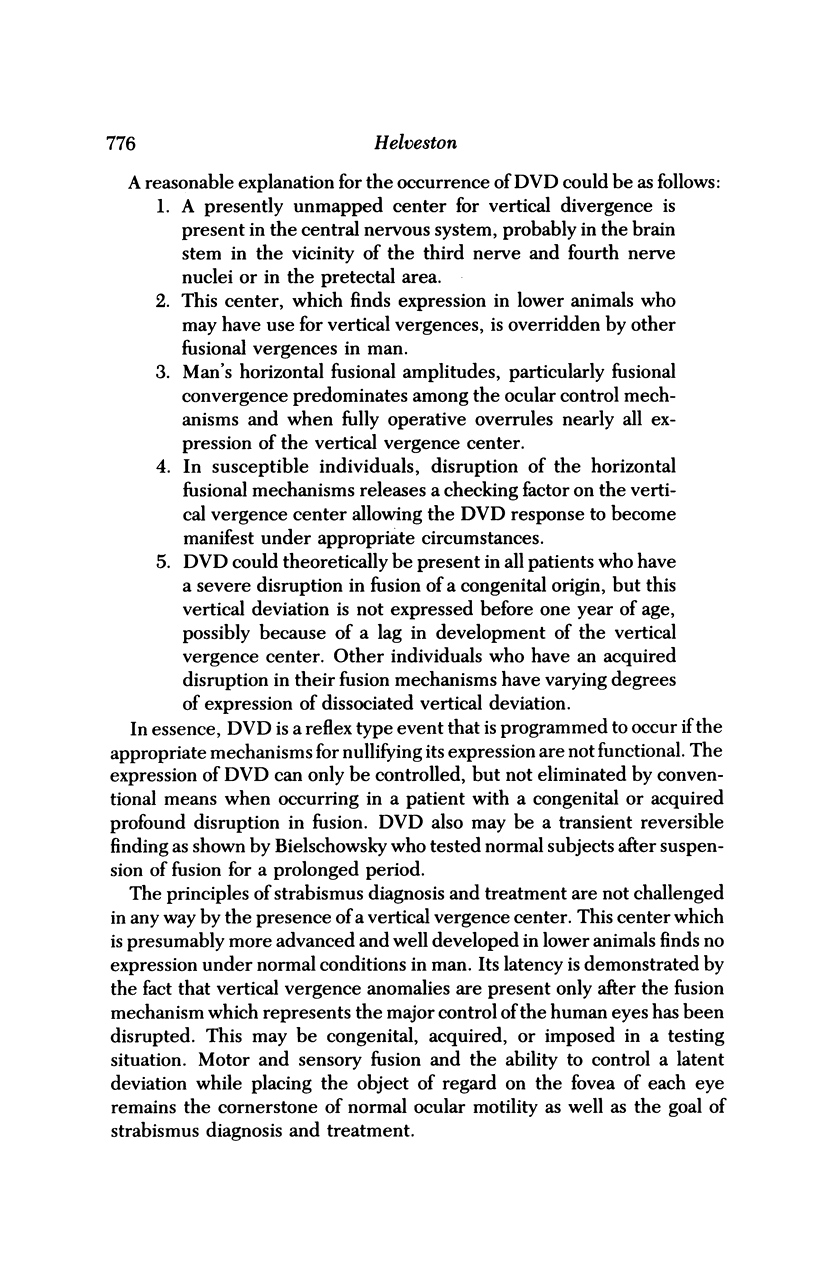
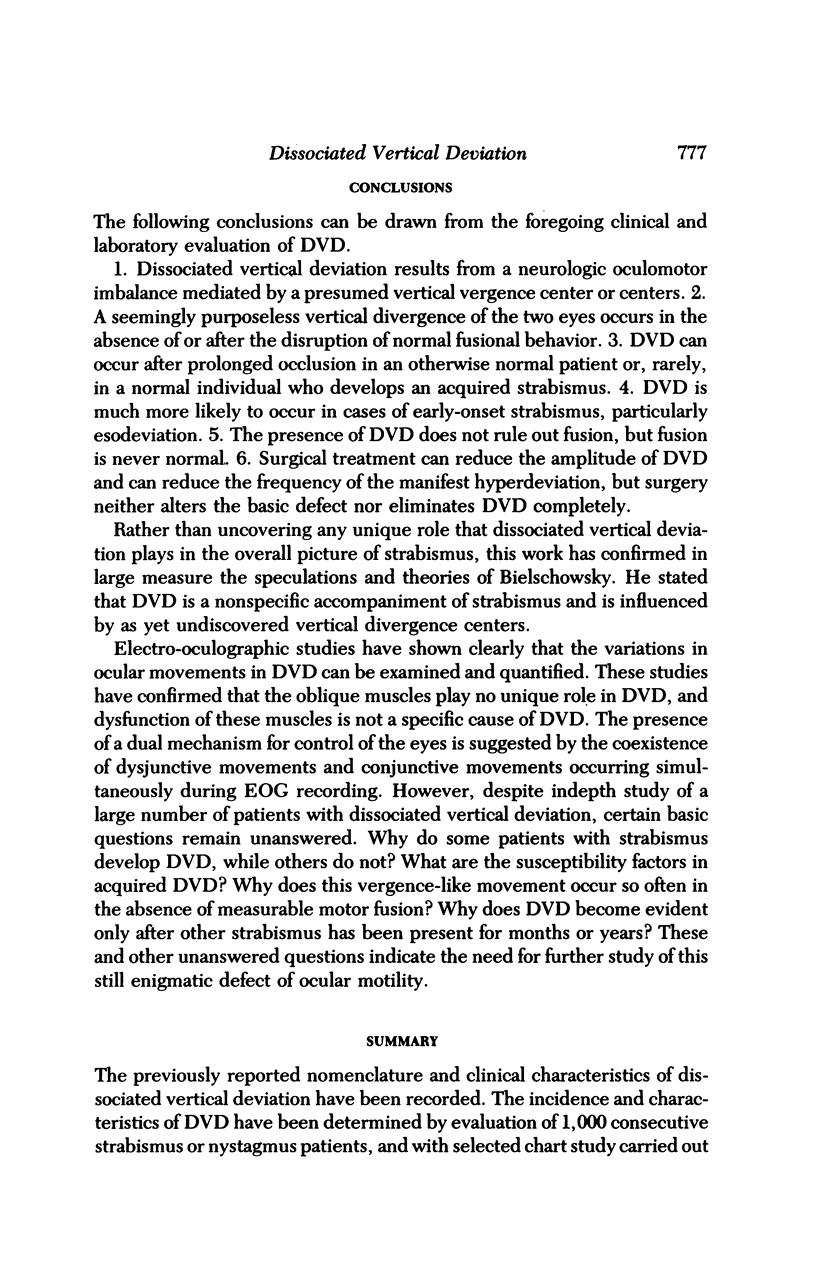
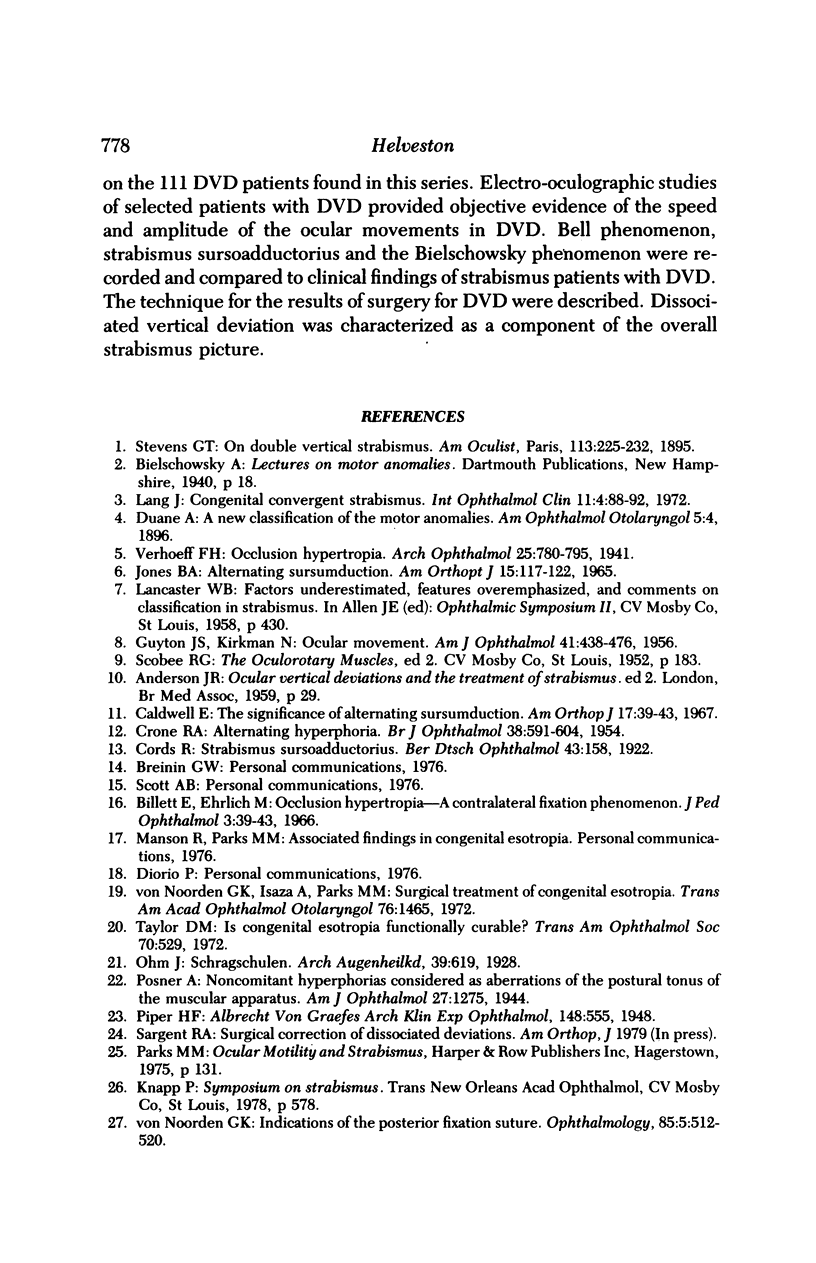
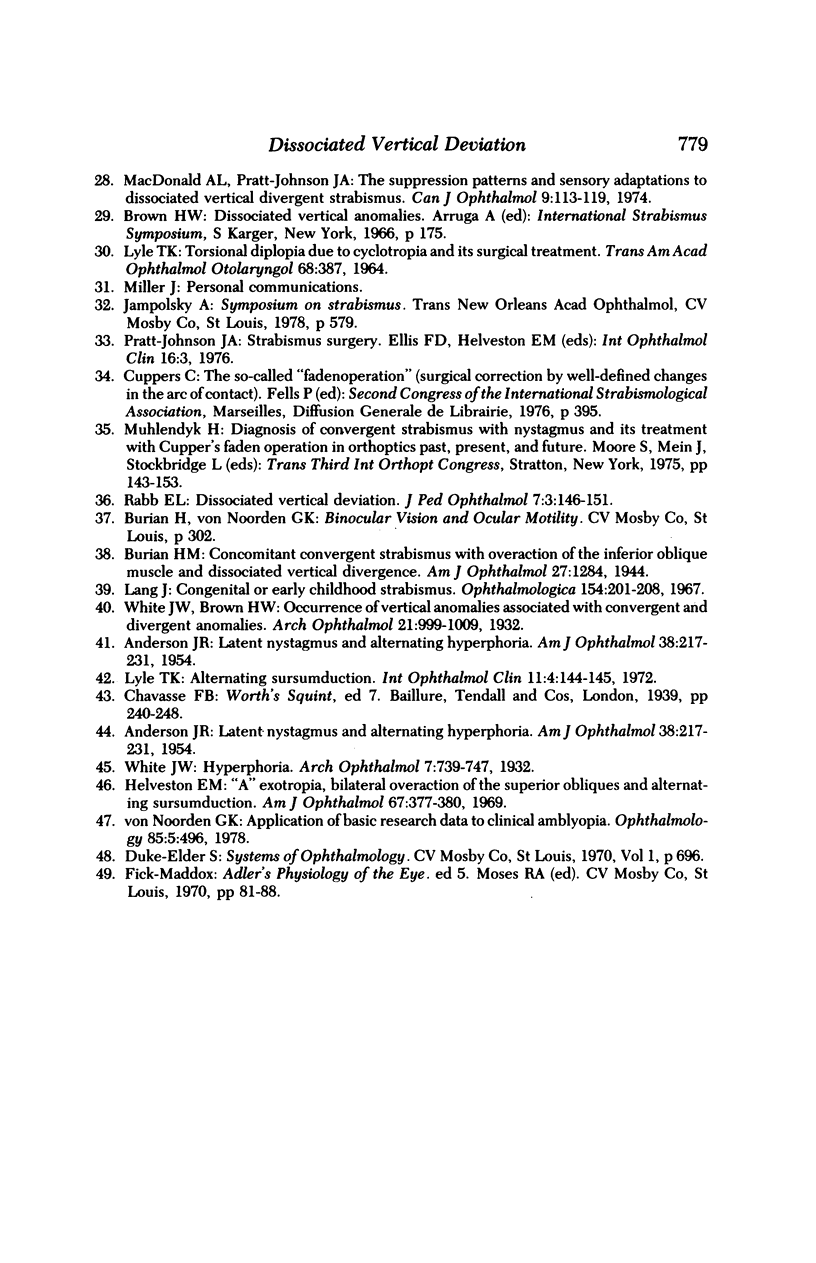
Images in this article
Selected References
These references are in PubMed. This may not be the complete list of references from this article.
- ANDERSON J. R. Latent nystagmus and alternating hyperphoria. Br J Ophthalmol. 1954 Apr;38(4):217–231. doi: 10.1136/bjo.38.4.217. [DOI] [PMC free article] [PubMed] [Google Scholar]
- ANDERSON J. R. Latent nystagmus and alternating hyperphoria. Br J Ophthalmol. 1954 Apr;38(4):217–231. doi: 10.1136/bjo.38.4.217. [DOI] [PMC free article] [PubMed] [Google Scholar]
- CRONE R. A. Alternating hyperphoria. Br J Ophthalmol. 1954 Oct;38(10):591–604. doi: 10.1136/bjo.38.10.591. [DOI] [PMC free article] [PubMed] [Google Scholar]
- Caldwell E. The significance of alternating sursumduction. Am Orthopt J. 1967;17:39–43. [PubMed] [Google Scholar]
- GUYTON J. S., KIRKMAN N. Ocular movement. I. Mechanics, pathogenesis and surgical treatment of alternating hypertropia (dissociated vertical divergence, double hypertropia) and some related phenomena. Am J Ophthalmol. 1956 Mar;41(3):438–476. [PubMed] [Google Scholar]
- Helveston E. M. A-exotropia, alternating sursumduction, and superior oblique overaction. Am J Ophthalmol. 1969 Mar;67(3):377–380. doi: 10.1016/0002-9394(69)92049-2. [DOI] [PubMed] [Google Scholar]
- JONES B. A. ALTERNATING SURSUMDUCTION. Am Orthopt J. 1965;15:117–122. [PubMed] [Google Scholar]
- LYLE T. K. TORSIONAL DIPLOPIA DUE TO CYCLOTROPIA AND ITS SURGICAL TREATMENT. Trans Am Acad Ophthalmol Otolaryngol. 1964 May-Jun;68:387–411. [PubMed] [Google Scholar]
- Lang J. Congenital convergent strabismus. Int Ophthalmol Clin. 1971 Winter;11(4):88–92. doi: 10.1097/00004397-197101140-00014. [DOI] [PubMed] [Google Scholar]
- Lang J. Der kongenitale oder frühkindliche Strabismus. Ophthalmologica. 1967;154(3):201–208. doi: 10.1159/000305172. [DOI] [PubMed] [Google Scholar]
- Lyle T. K. Alternating sursumduction. Int Ophthalmol Clin. 1971 Winter;11(4):144–145. doi: 10.1097/00004397-197101140-00025. [DOI] [PubMed] [Google Scholar]
- MacDonald A. L., Pratt-Johnson J. A. The suppression patterns and sensory adaptations to dissociated vertical divergent strabismus. Can J Ophthalmol. 1974 Jan;9(1):113–119. [PubMed] [Google Scholar]
- Taylor D. M. Is congenital esotropia functionally curable? Trans Am Ophthalmol Soc. 1972;70:529–576. [PMC free article] [PubMed] [Google Scholar]
- Von Noorden G. K., Isaza A., Parks M. E. Surgical treatment of congenital esotropia. Trans Am Acad Ophthalmol Otolaryngol. 1972 Nov-Dec;76(6):1465–1478. [PubMed] [Google Scholar]
- von Noorden G. K. Application of basic research data to clinical amblyopia. Ophthalmology. 1978 May;85(5):496–504. doi: 10.1016/s0161-6420(78)35652-9. [DOI] [PubMed] [Google Scholar]















